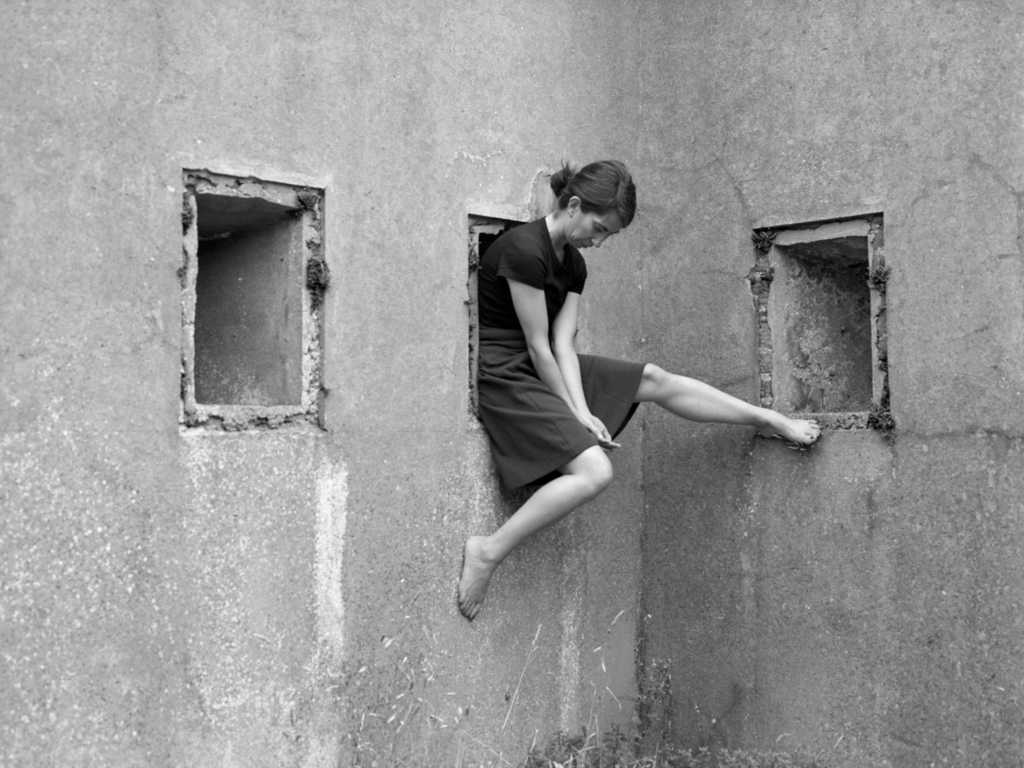I took these images of my friends loosely inspired by the work of Michelle Sank and Doug Dubois.
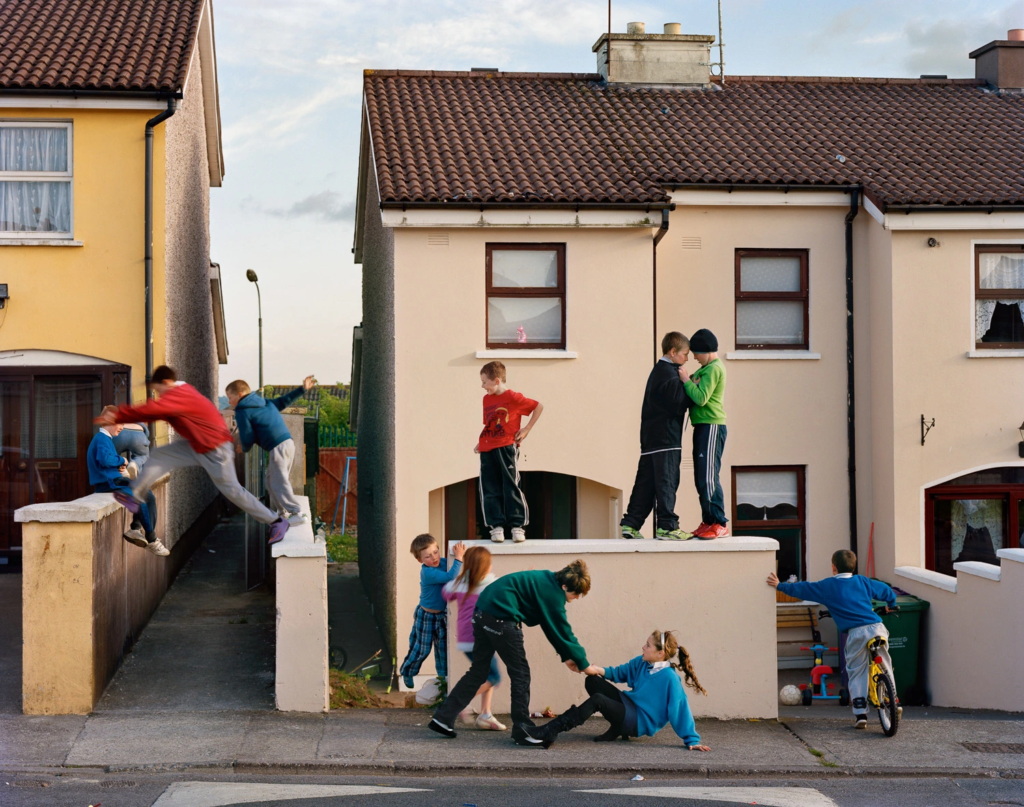

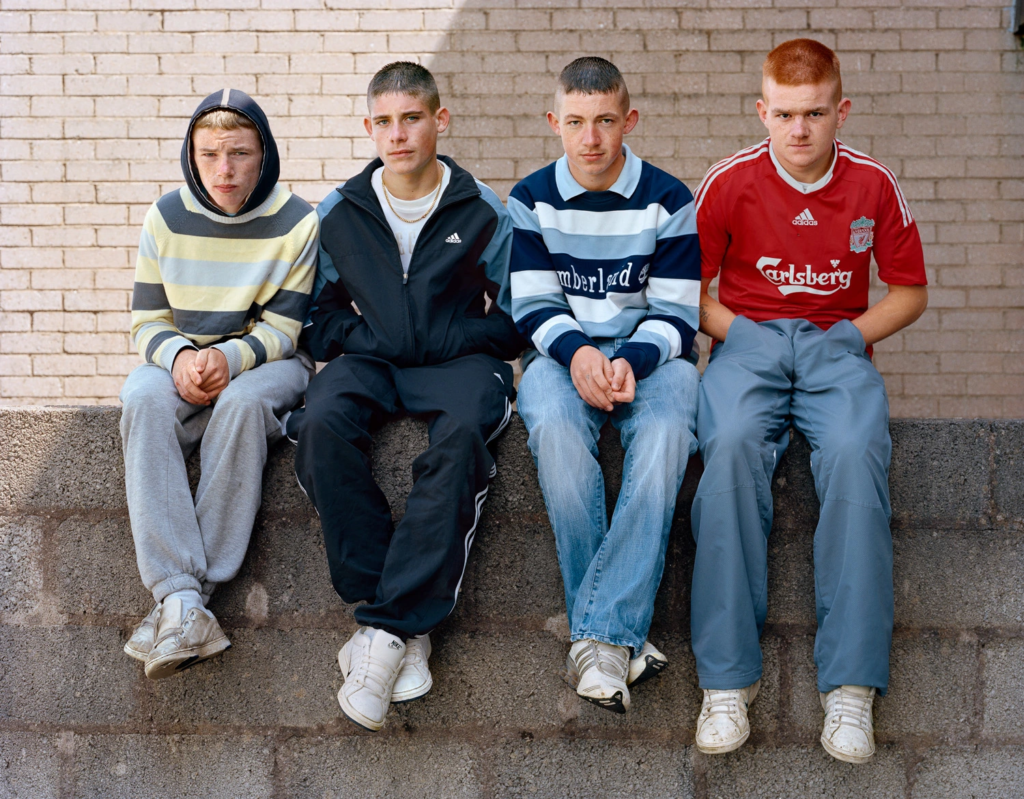
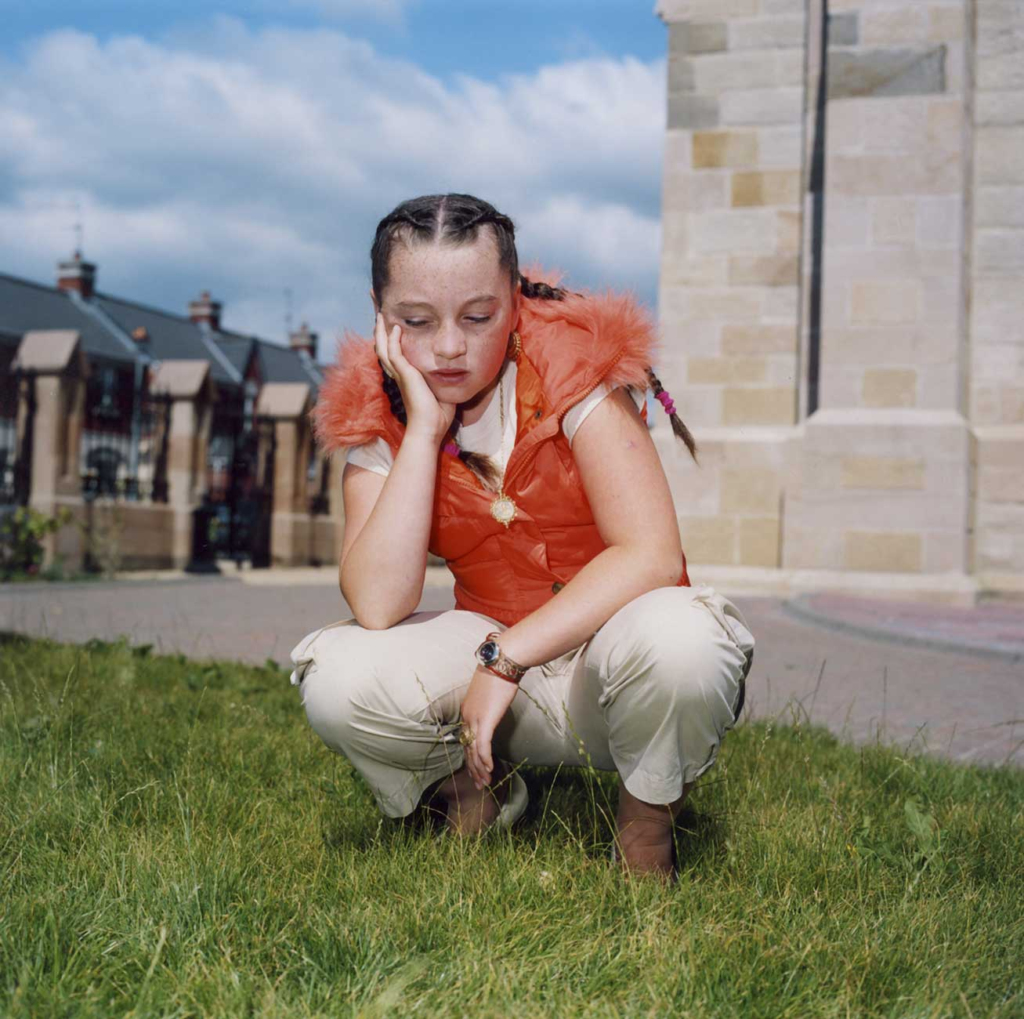



I have edited my favourites and included them below.
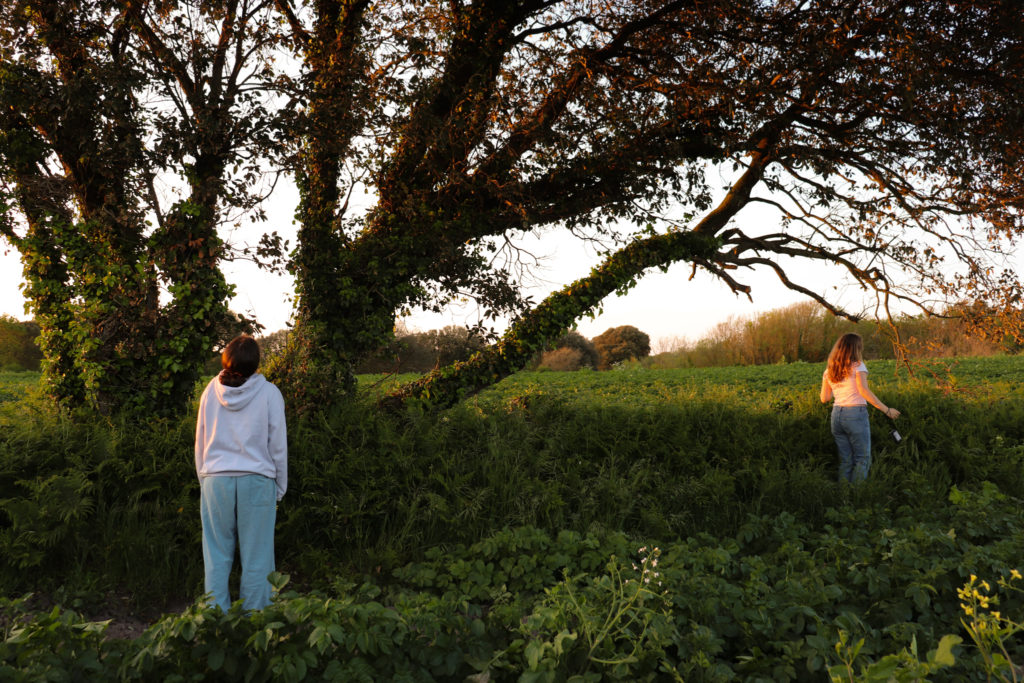
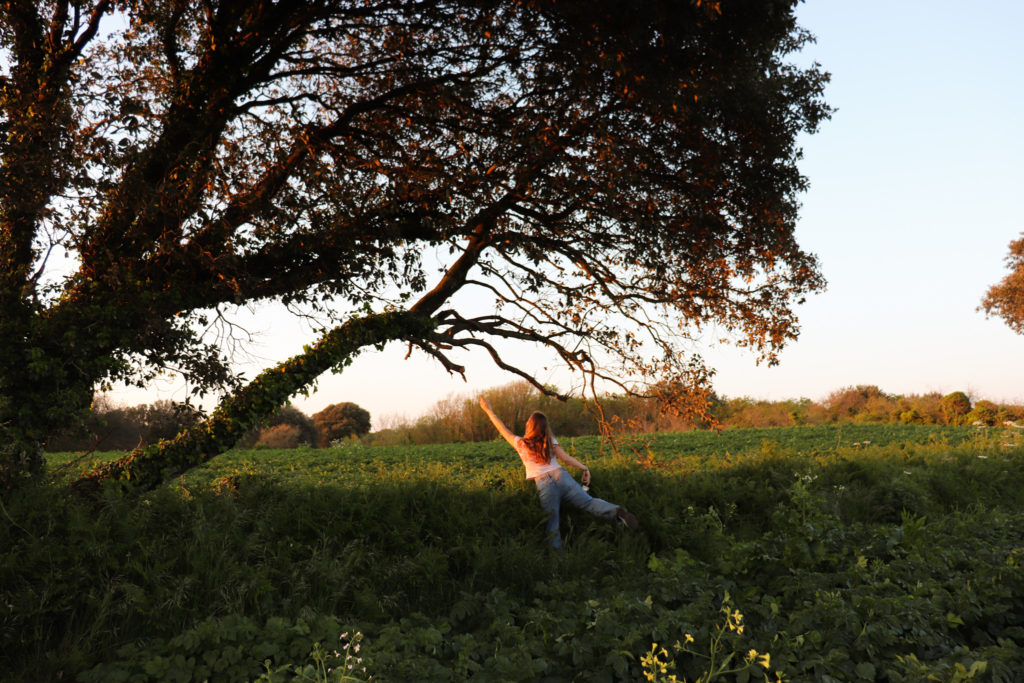

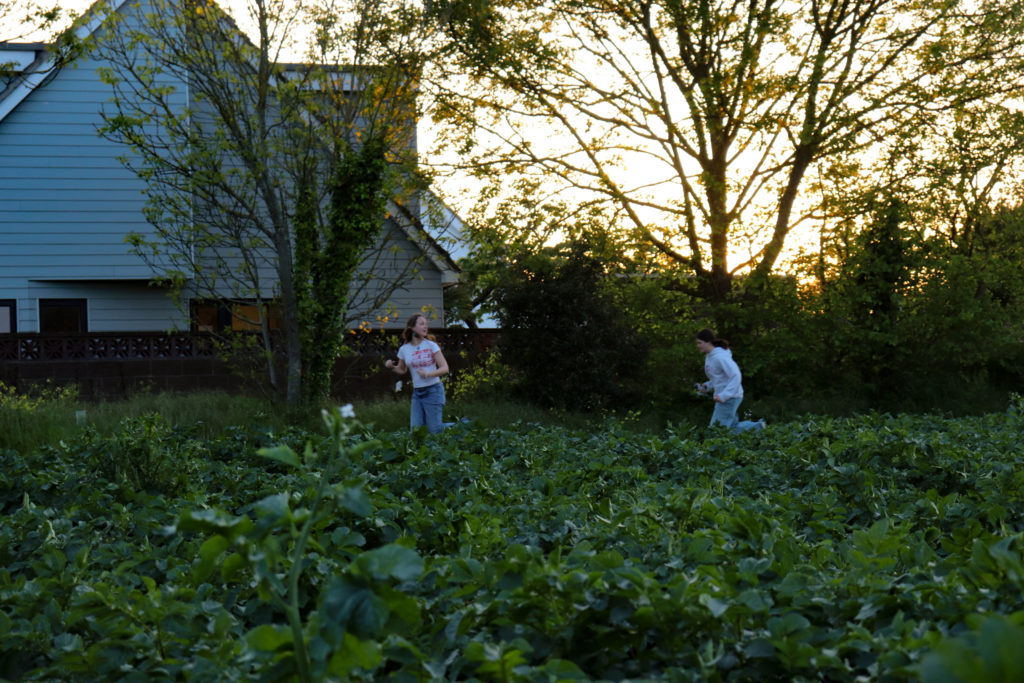
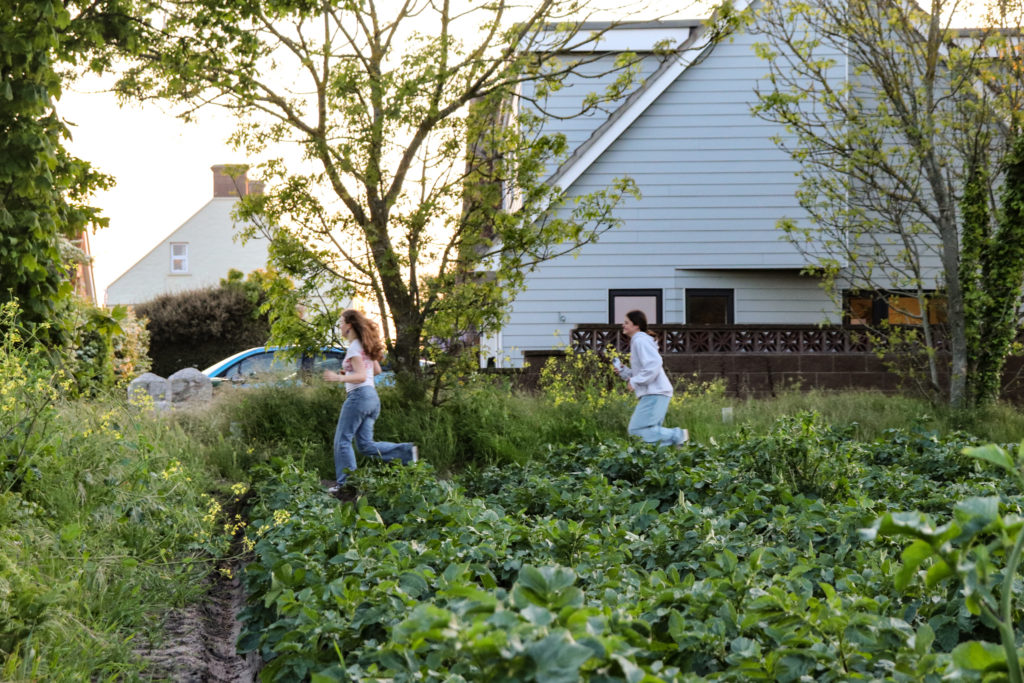

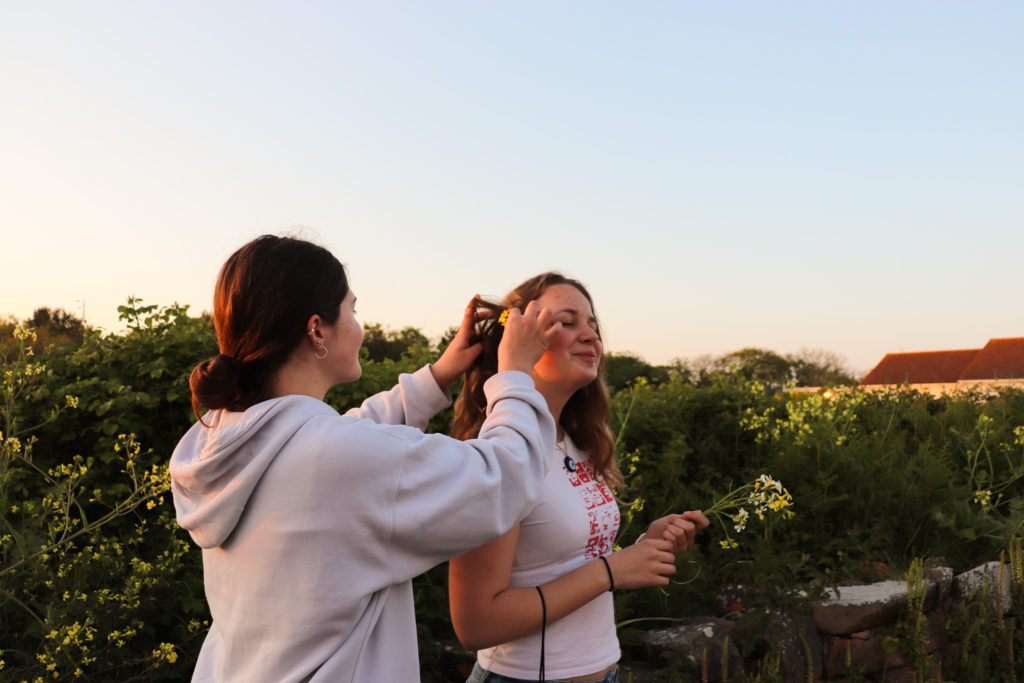
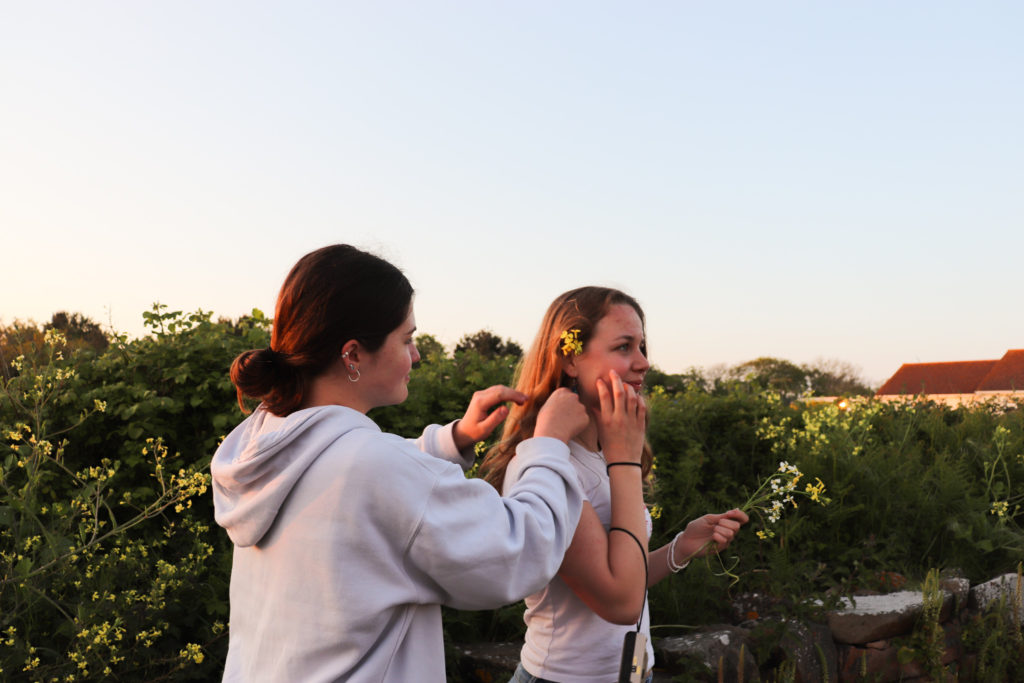
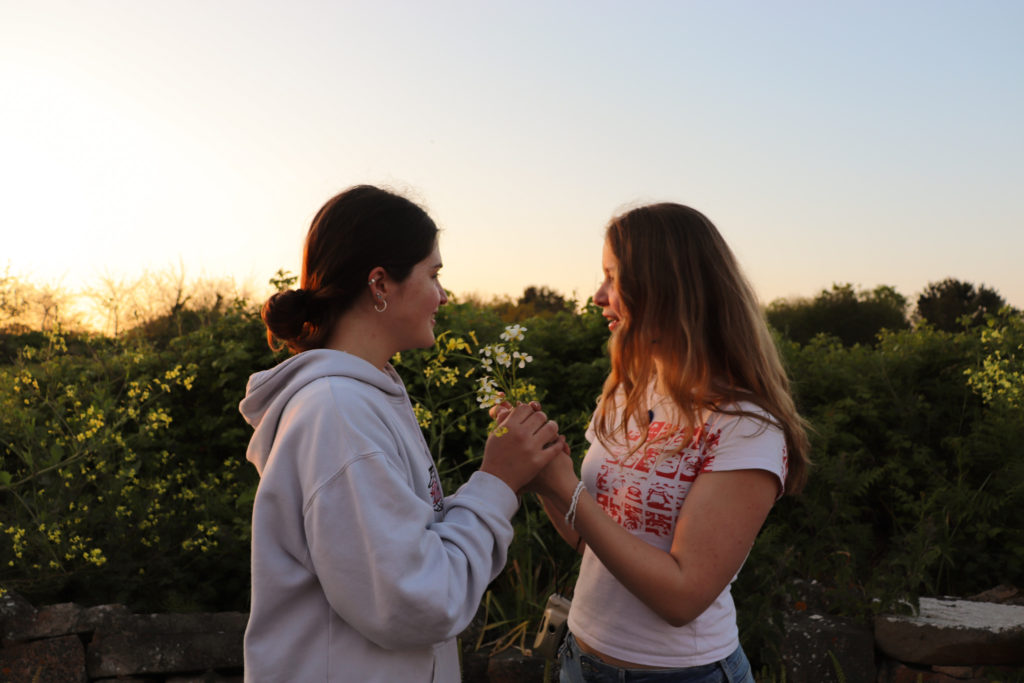
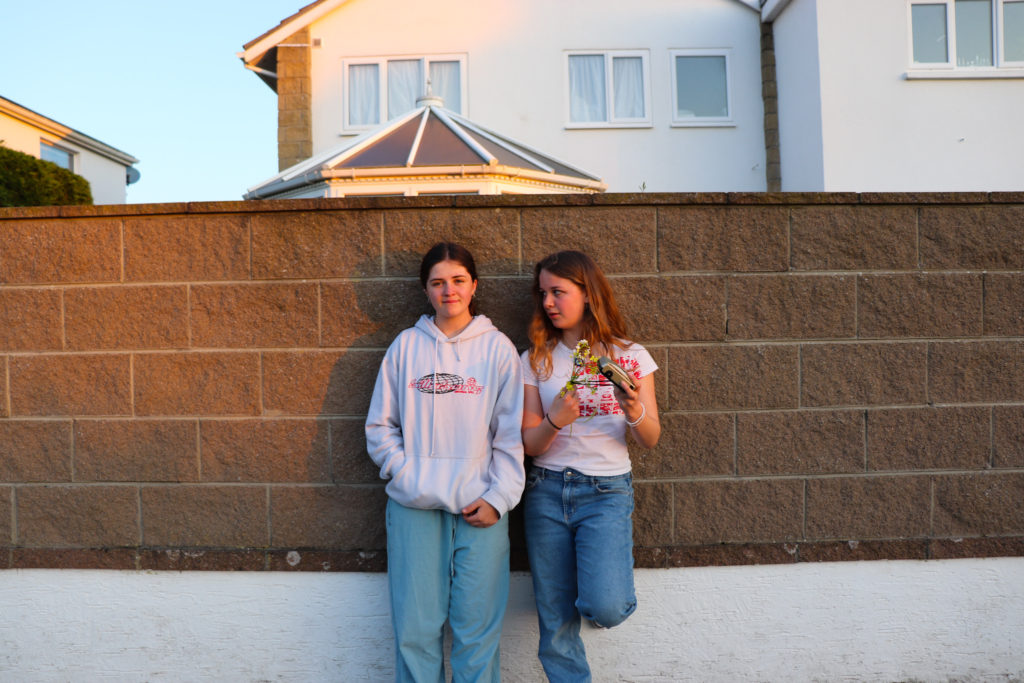
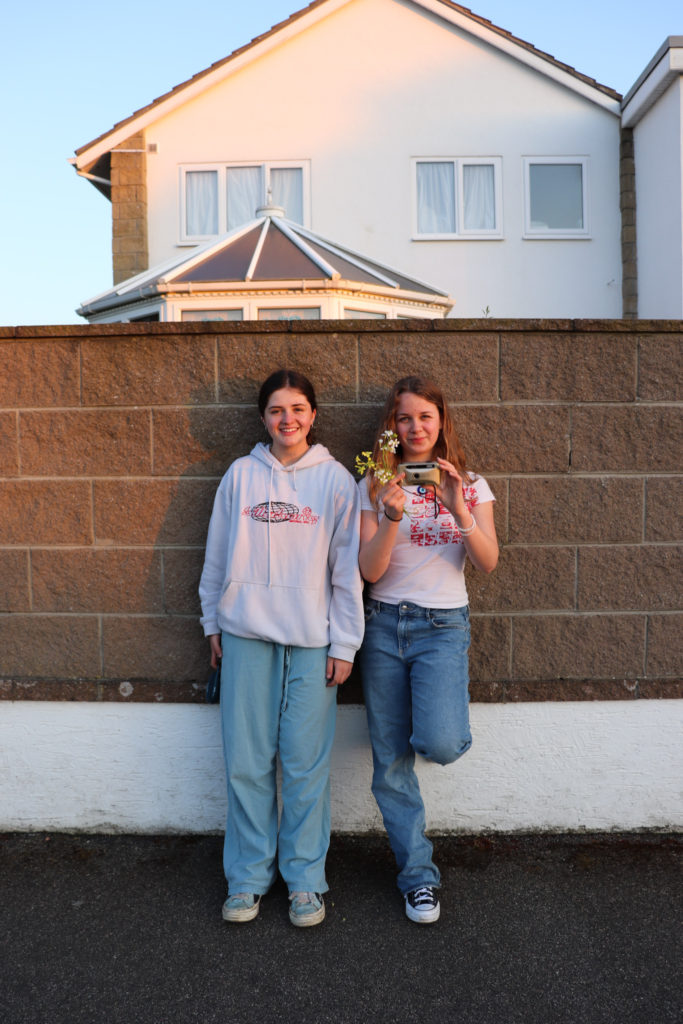
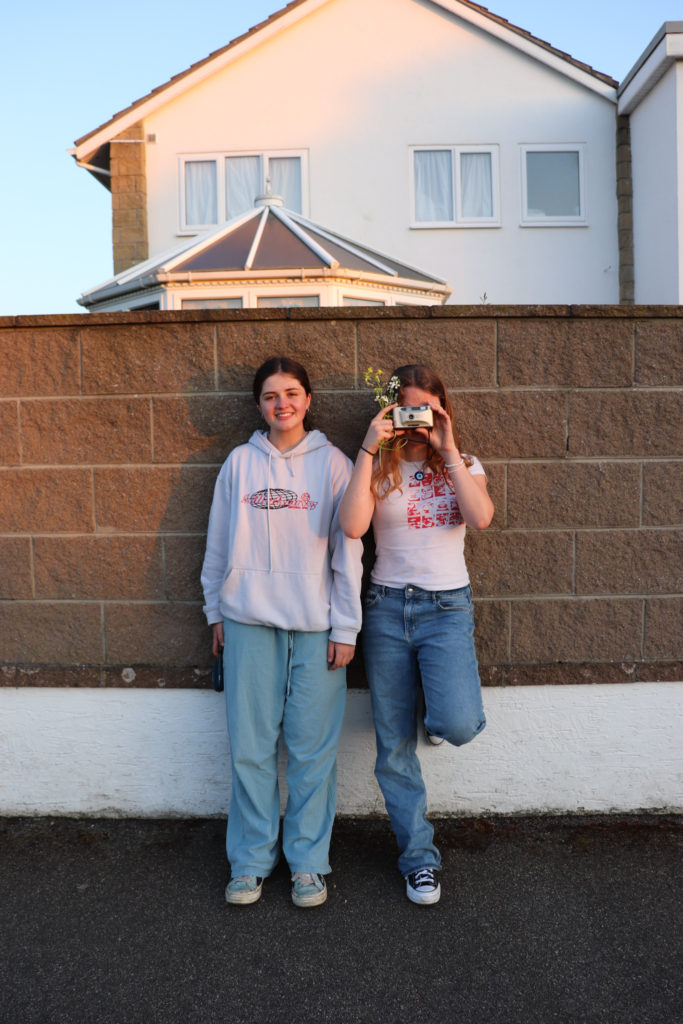
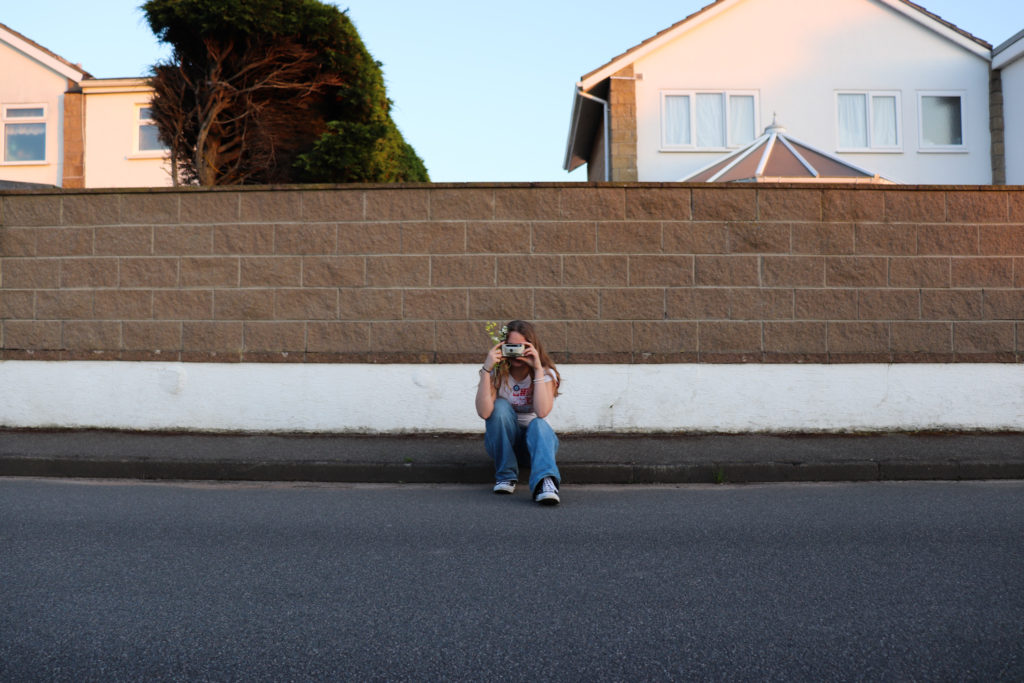
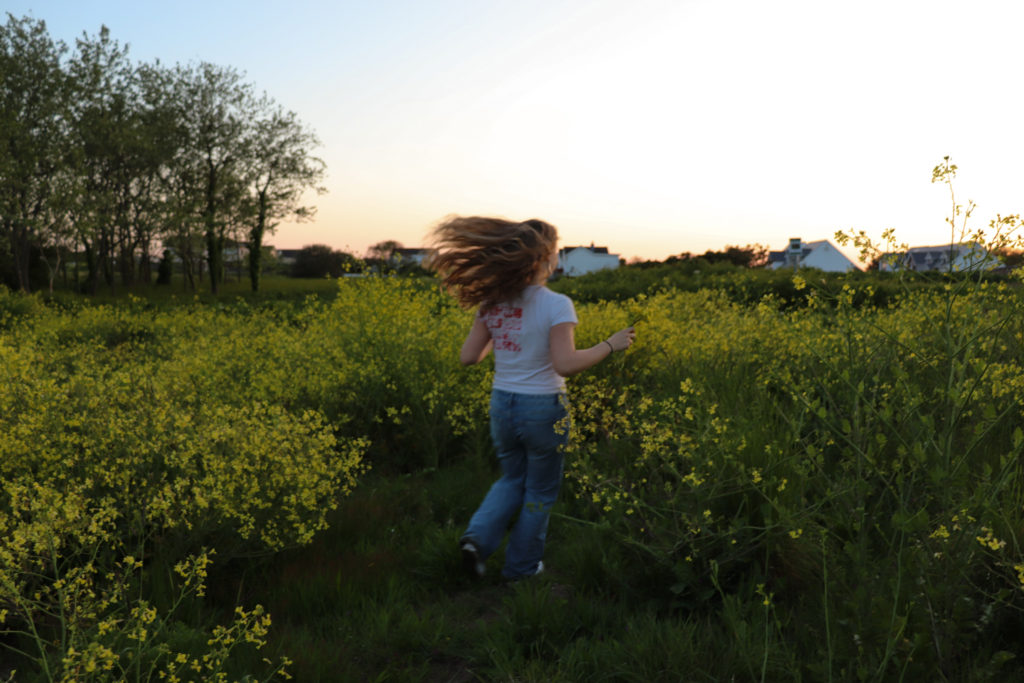
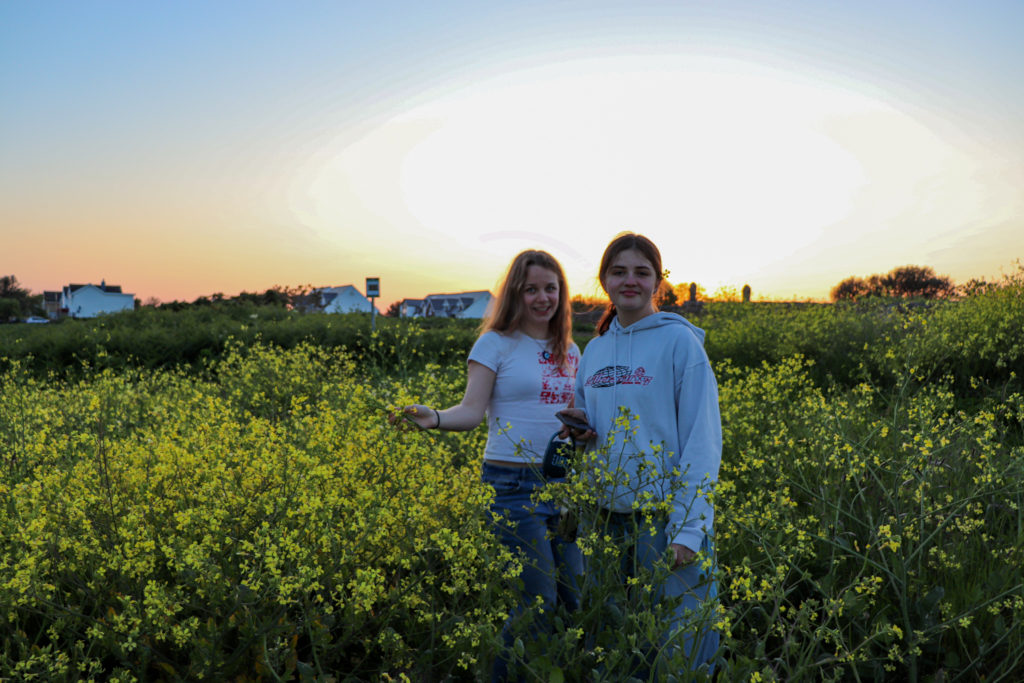

I took these images of my friends loosely inspired by the work of Michelle Sank and Doug Dubois.







I have edited my favourites and included them below.
















For these photos, I wore a white flowy dress, another very stereotypically feminine attire, but much more gentle and ‘girly’ than my first photoshoot. I mixed this with blending photos together and also a slow shutter speed (my technique once again being inspired by Francesca Woodman) and took them in a field to add to the gentle natural look that some believe a woman should have. I also took some pictures inside my house for a change of environment, posing in a few ‘girly’ poses. I also took some pictures of my legs beneath the dress, looking at self- portraits in a more abstract manner. This photoshoot and my other photoshoot portray the two ways women (or feminine people) are seen/ how they should be, exploring what it means to be feminine. I think these photos are more of a representation of the ‘female gaze’, as they show how women don’t always have to be ‘sexy’ and ‘provocative’ to be beautiful. I also like that some of the pictures (from the photoshoot in the field) are more landscape photos, with myself just being a mist of colour, portraying the idea of ‘natural beauty’ through literal nature.

I edited some of my images in black and white, relating to my chosen artists, however I also left the field pictures in colour, maybe not linking in as much with my chosen artists but focusing more on the aesthetics of the picture. I did however add grain and other components to make them appear more vintage.
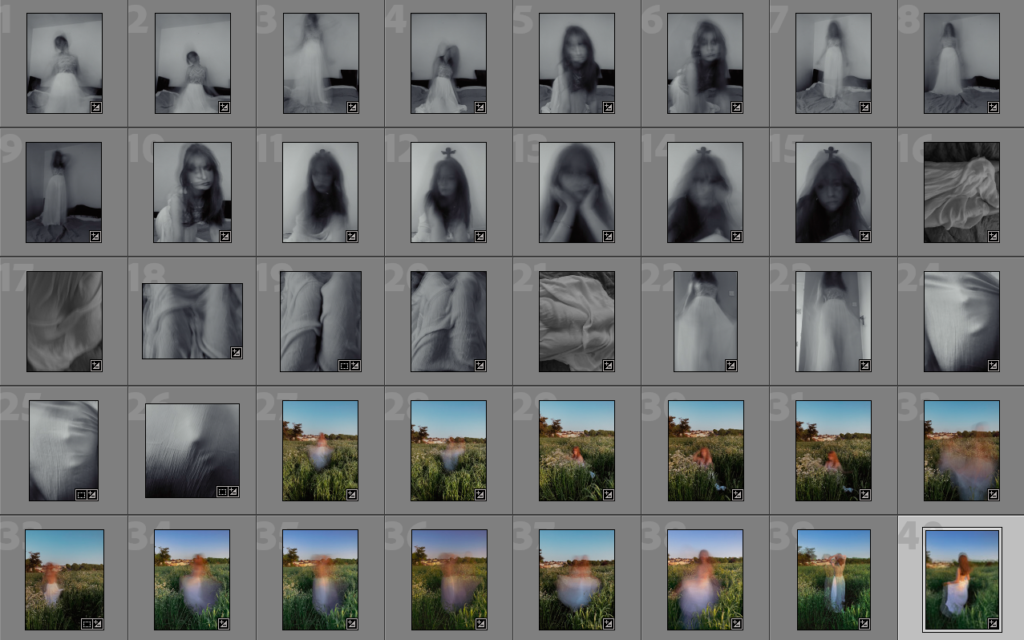


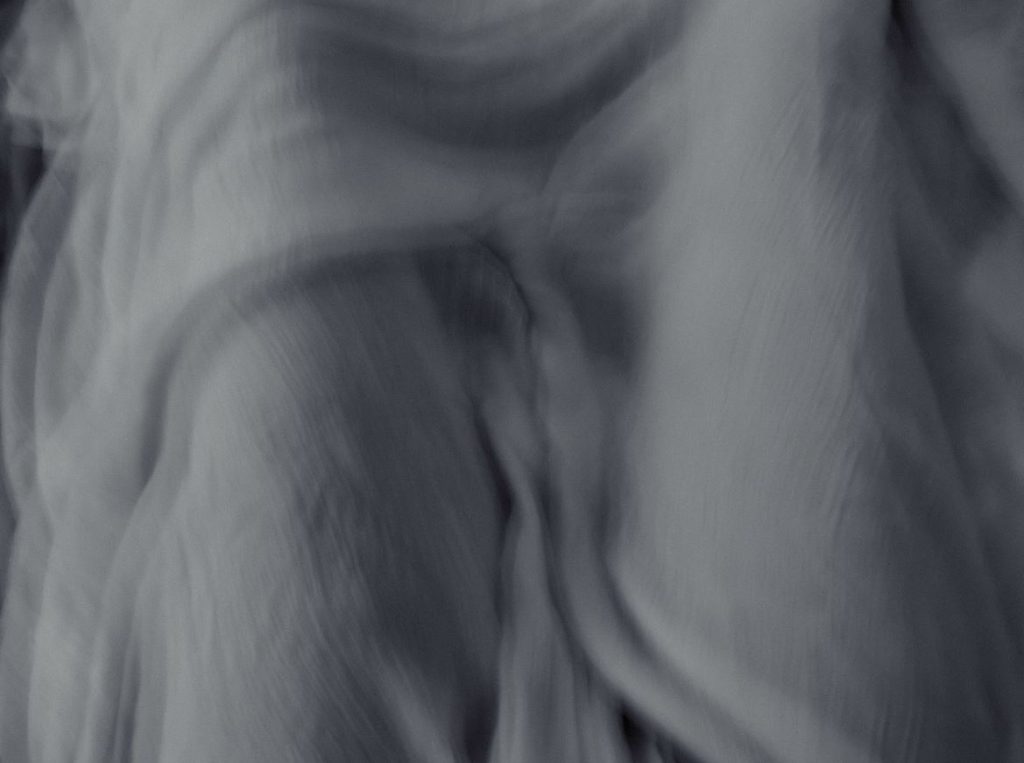







I chose these as they are a mix of portraits and abstract images that convey the message I wanted my photoshoot to show well.
I created these photos by dressing into very stereotypically feminine clothing (tight skirt, stockings, blouse, high heels etc.) and mixed it with a slow shutter speed, creating obscured and almost creepy photos with an unhinged feeling to them. I wore the top off the shoulder to portray the idea of how woman are always expected to look beautiful but also seductive. In some photos I am making direct eye- contact with the camera and in some I’m not, which I think it makes the photoshoot more interesting. The smudged effect makes my face look distorted and causing the photos to appear disturbing, something Woodman commonly included in her photos. I also included some torse/ leg shots to show how a woman’s face or even personality doesn’t always matter to society, how her body is the most important feature. This photoshoot and my other photoshoot portray the two ways women (or feminine people) are seen/ how they should be, exploring what it means to be feminine. I want these photos to be almost a mockery of the ‘male gaze’, showing myself as overly feminine and ‘delicate’ as men tend to portray women as.

I edited all my pictures into black and white to relate more to my artists and also to take away the focus from the photos, putting the focus more on my outfit and the concept of the photos.
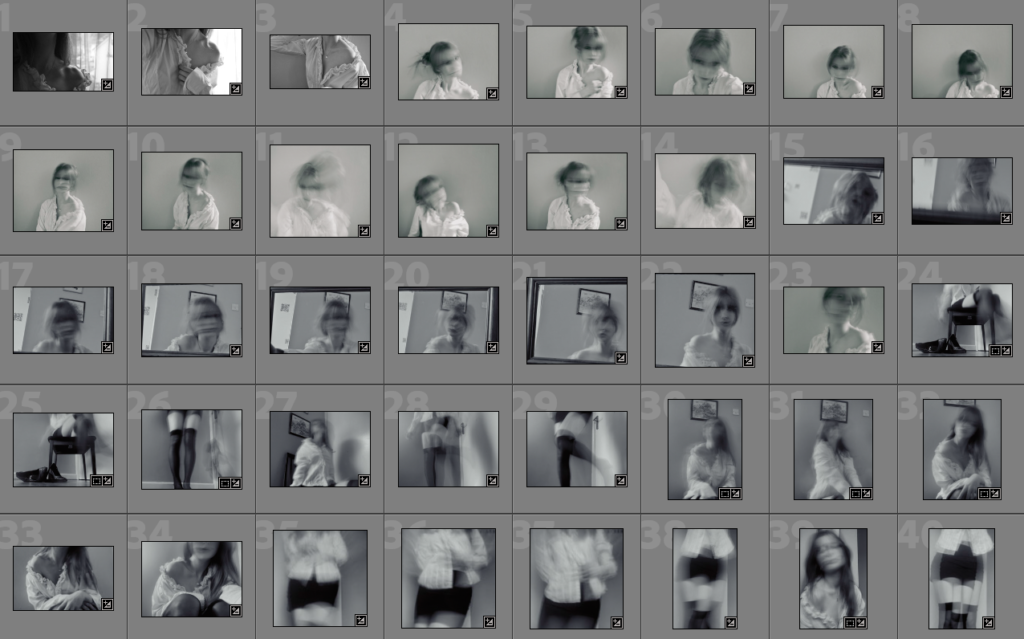
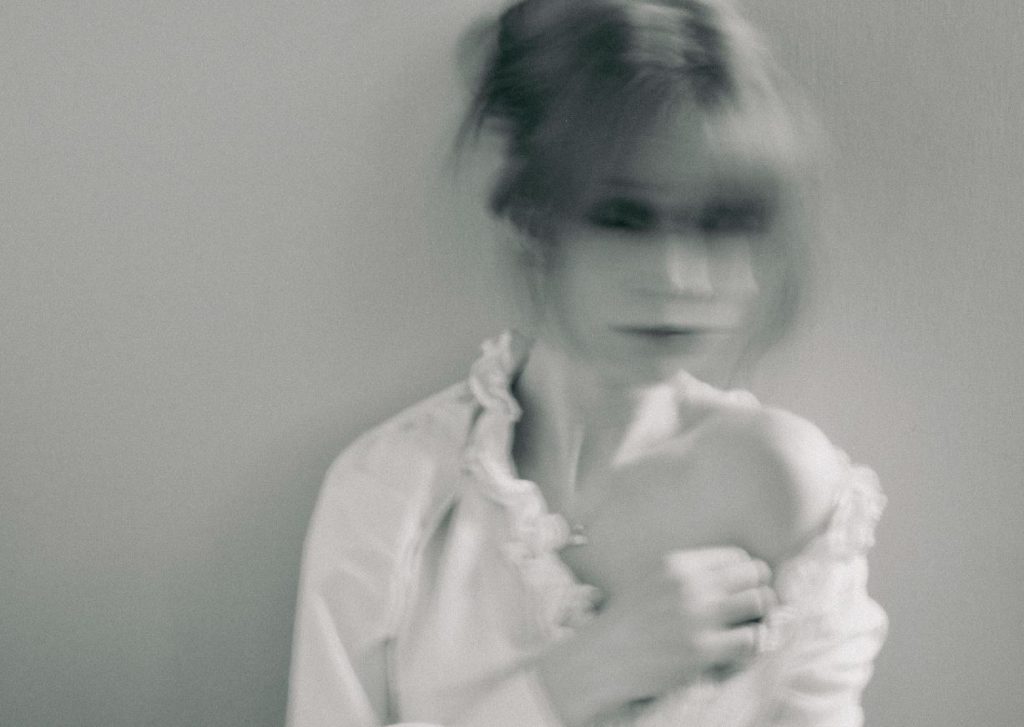


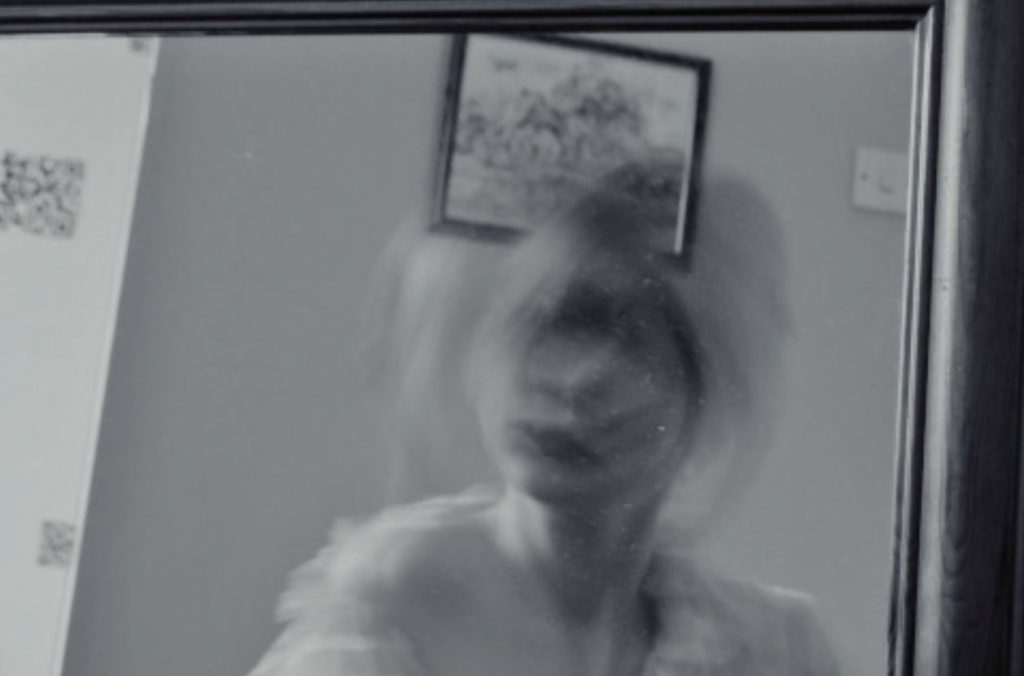
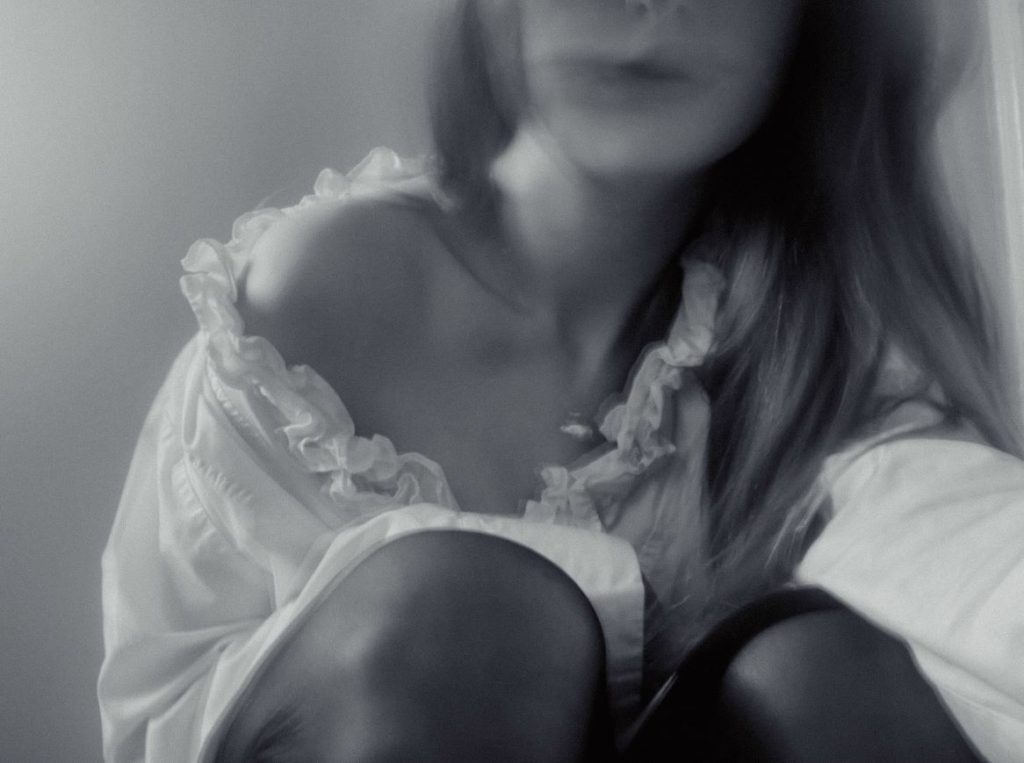

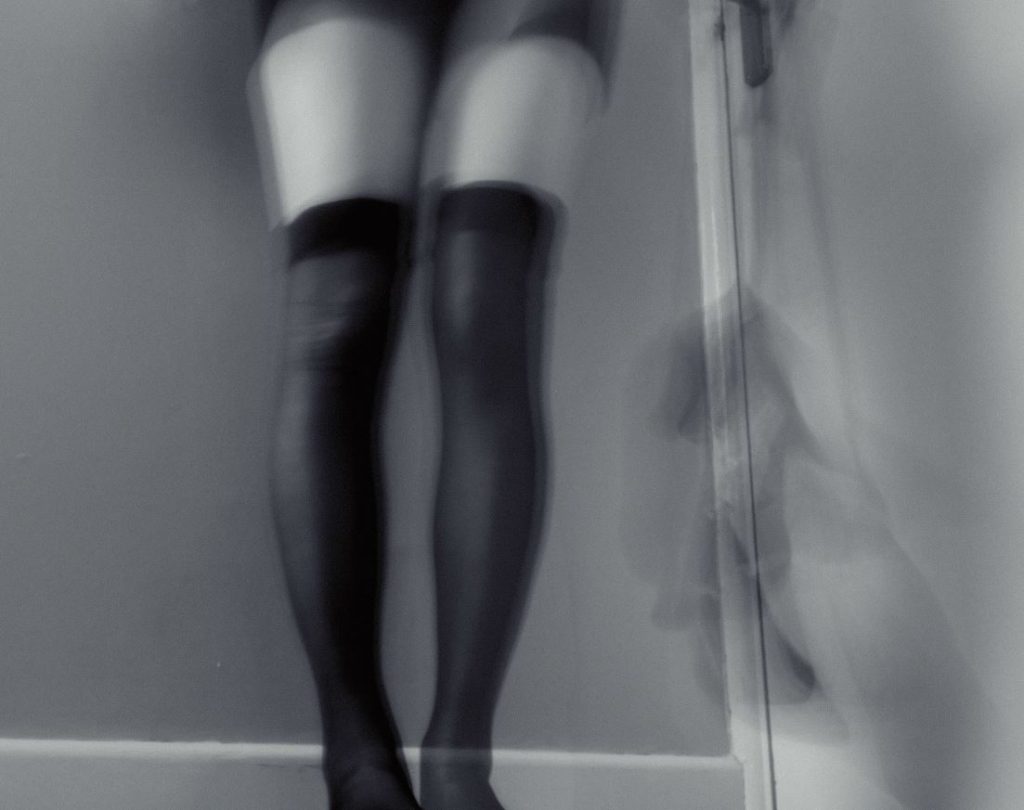



I think these are the best as they have the best poses and also link in the most with the artists. Furthermore, I think they show the most character and are generally effective photos that used the obscured/ blurred effect the best.
Plato – ideal beauty
Plato was a philosopher during 428 BC who at the time introduced the importance of good and how people at that time where doing it wrong. He done this through philosophising Beauty, justice, and equality, and introduced books for people to access to show them the reality of things, almost to prevent negative concepts that people may think, and even his ideas and writings apply to reality today.

Plato’s theory of beauty had referenced to NOT the beauty of art or with nature, it meant that beauty was the object of love. He explained this though athletes, who where skilled in their sport and loved to do it, which also came along with the physical craft. More importantly he had referred to the Greek Gods, and their Love for people, and their intelligence. They where depicted on statues as having perfect physique with high intelligence and perfect standards for justice. Plato said that they where humans who where like everyone else but had the understanding and intellect of all 3 of these things.

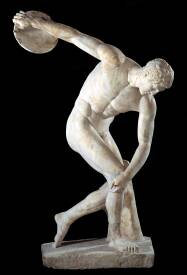
Robert Mapplethorpe
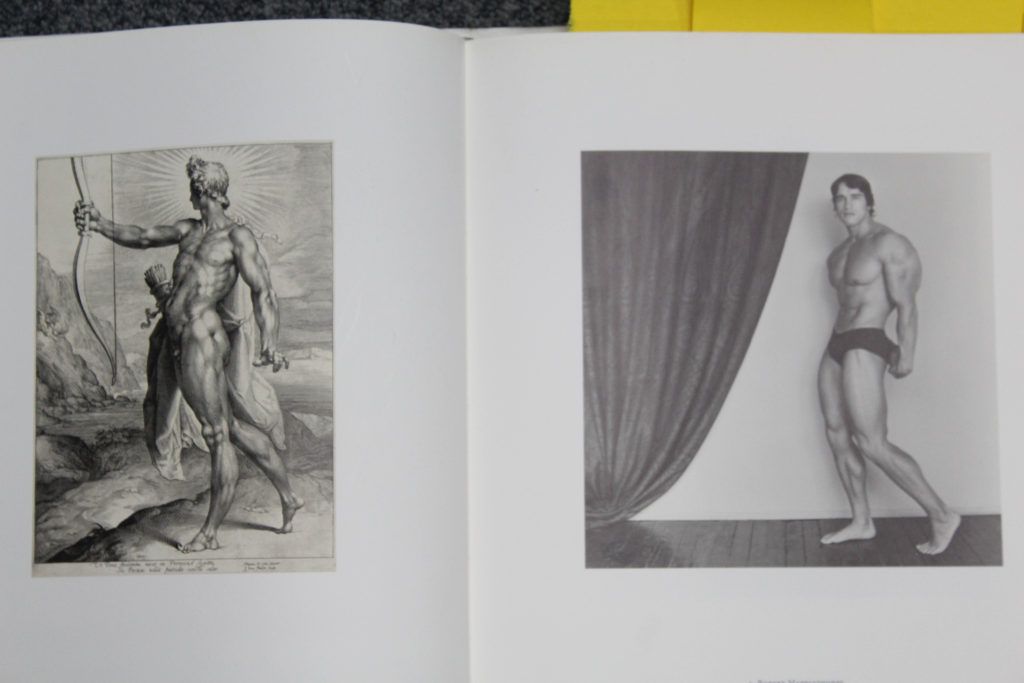
Some of his quotes include: “I don’t understand the way my pictures are … Taking a picture and sexuality are parallels. They’re both unknowns. And that’s what excites me most in life – the unknown.”
Also: “I studied paintings and sculptures. I never really studied photography when i was at school. Photography just kind of crept into me”.
This artists photography uses a lot of the physical appearance with positioning and lighting to show the beauty of the human body and what it is capable of. He references his work with some of the Greek sculptures and paintings that where done hundreds of years, even thousands of years ago. Robert does his own photography with fluent positioning, as if it wasn’t so forced but natural, he shows the images of the body without any identity put towards the person, some of them are anonymise and some aren’t, but both reference to the “beauty” of the human body.
Robert also focuses on specific parts of the human body, female and male, both presented with specific lighting for each muscle or body part, and of course they are in black and white because of the time these images where taken in. But his artistic skills come into play with the persons positioning, even the symmetry all come together to produce art. He presents identity in a natural way with all parts of the body being accepted and shown, as almost a way of showing people the acceptance of themselves.
Modern Day
Not all the time but a majority of the time, muscle represents masculinity, and is the most focused on to show masculinity. Competition wise, there is a lot of different sections for presenting muscles.. like different types of looks in what people might aim for and who is the best in that category but each shows different parts of the body.
Chris Bumstead & Arnold Schwarzenegger:

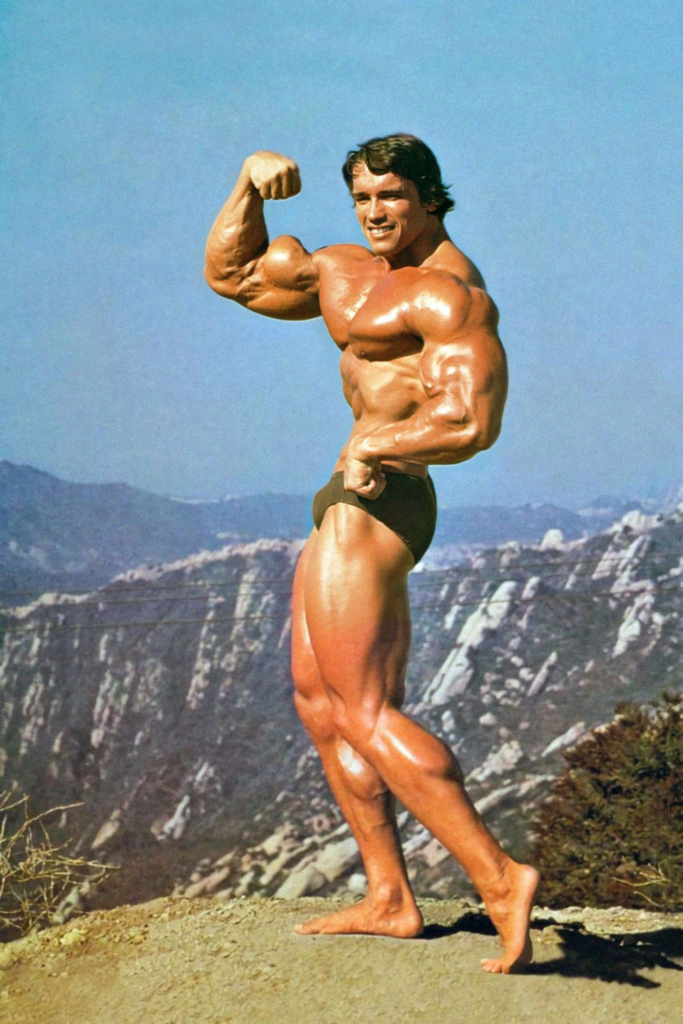
Basing our photoshoot off of Justine Kurland’s work, we plan to take photos in fields, cliff paths and woodland type environments. Justine’s work appears as both staged and natural, so we will create some photos like this as well.
Here are some of my favourite photos from Kurland’s project, girl pictures:
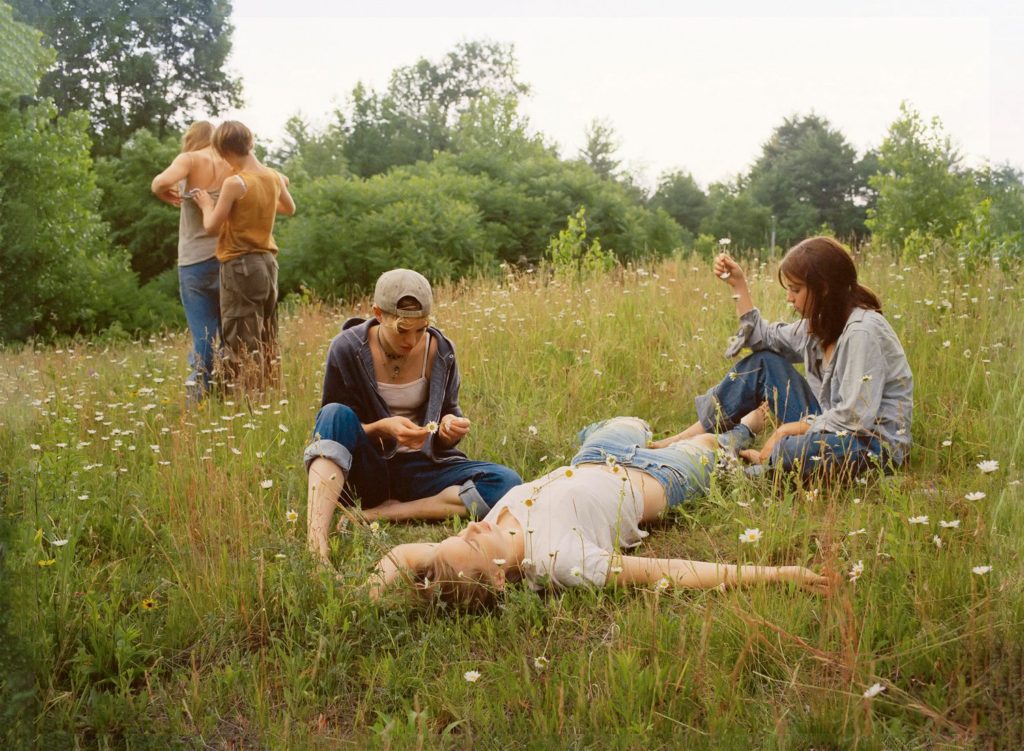

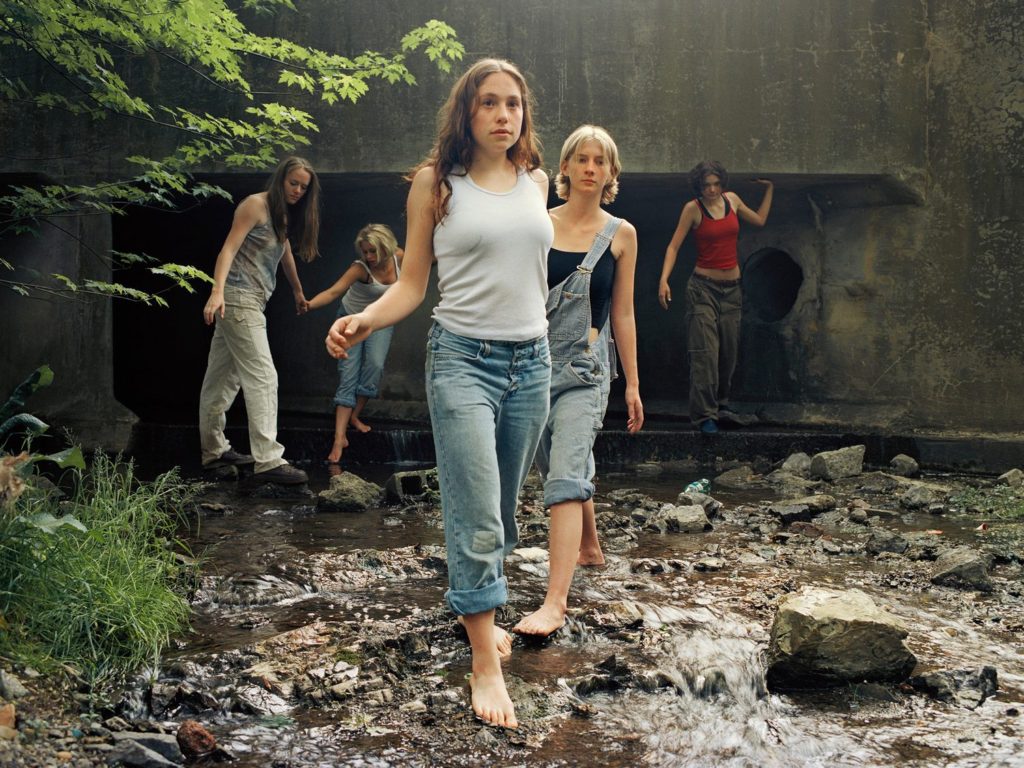
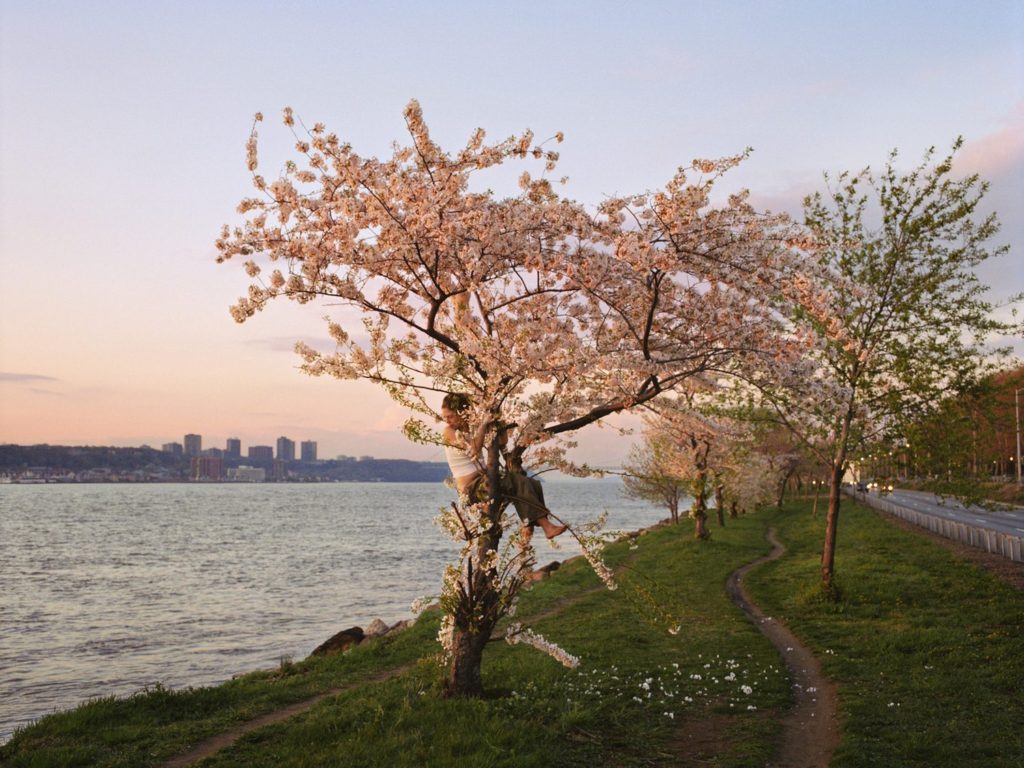
These particular images are exactly the environments we plan to base our photoshoots in.
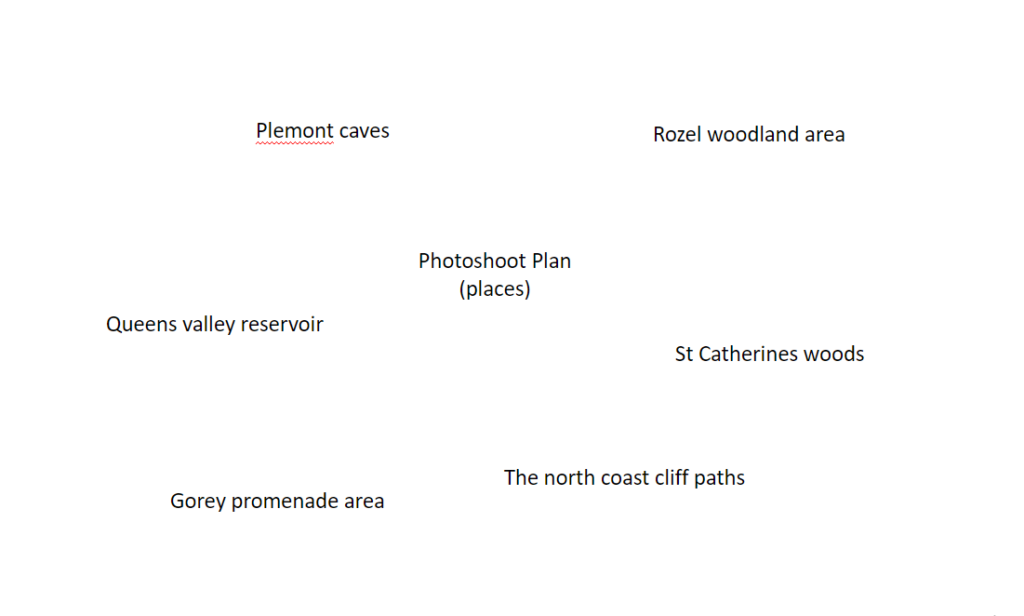
Claude Cahun was a French photographer, sculptor, and writer. She is best known for her self-portraits in which she assumes a variety of personas, including dandy, weight lifter, aviator, and doll.
Cahun was a Surrealist photographer whose work explored gender identity and the subconscious mind. The artist’s self-portrait from 1928 epitomizes her attitude and style, as she stares defiantly at the camera in an outfit that looks neither conventionally masculine nor feminine.
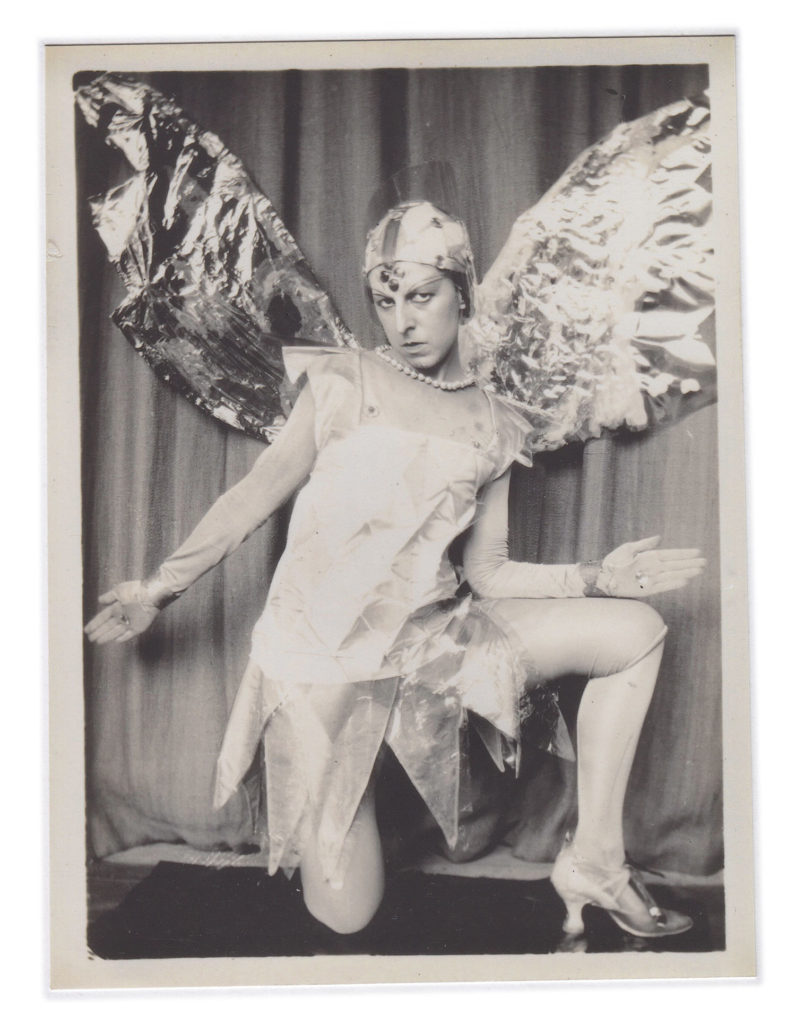
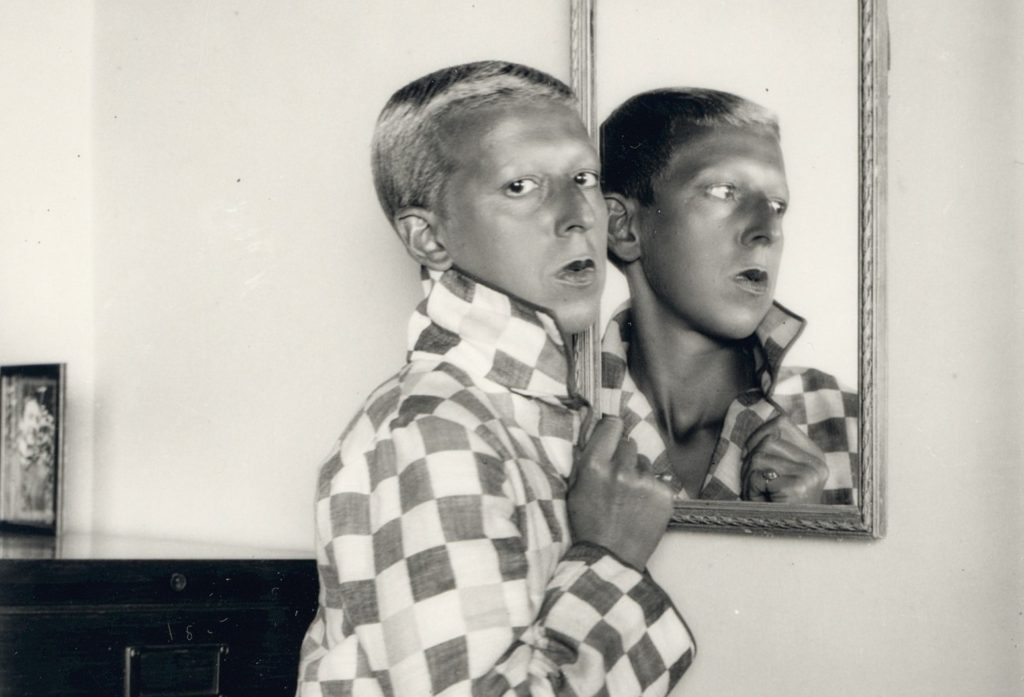

Cahun used her photos as a device to present her own image and the overworked characteristics of feminine and masculine identity. She was noticed instantly as in her time it was unusual to explore your self identity, no one really did it, never mind to present yourself with characteristics of the opposite gender.

In this image, Cahun has shaved her head and is dressed in men’s clothing. She once explained:
While many male Surrealists depicted women as objects of male desire, Cahun staged images of herself that challenge the idea of the politics of gender. Cahun was championing the idea of gender fluidity way before the hashtags of today. She was exploring her identity, not defining it. Her self-portraits often interrogates space, such as domestic interiors and Jersey landscapes using rock crevasses and granite gate
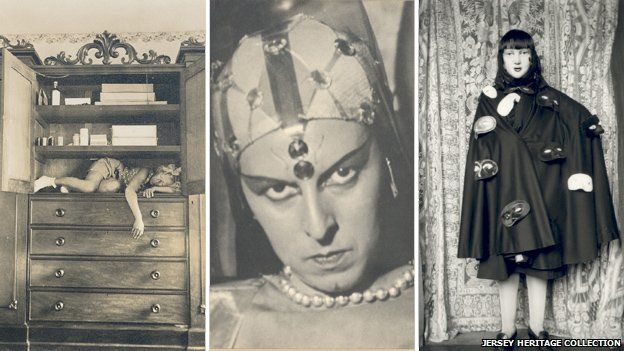

Cahun uses her persona of body builder as an opposition to gender norms, the words ‘ I AM IN TRAINING DON’T KISS ME’ defy the stereotype of objectifying women. The black and white of the image emphasises the details like her hair, the hearts on her face and the weight she is holding. It also creates contrast between the light and dark and dark features of the image, making her face and thighs stand out more. Cahun’s work is always unusual, but the centre of interest in this image i would say is Cahun’s face, with the hearts standing out.
Clare Rae, an artist from Melbourne, Australia who produces photographs and moving image works that interrogate representations of the female body via an exploration of the physical environment. Rae visited Jersey as part of the Archisle international artist-in-residence programme in 2017. She was researching the Claude Cahun archive, shooting new photography and film in Jersey, as well as running workshops.
Her book ‘never standing on two feet’ was published by Perimeter editions in April 2018.

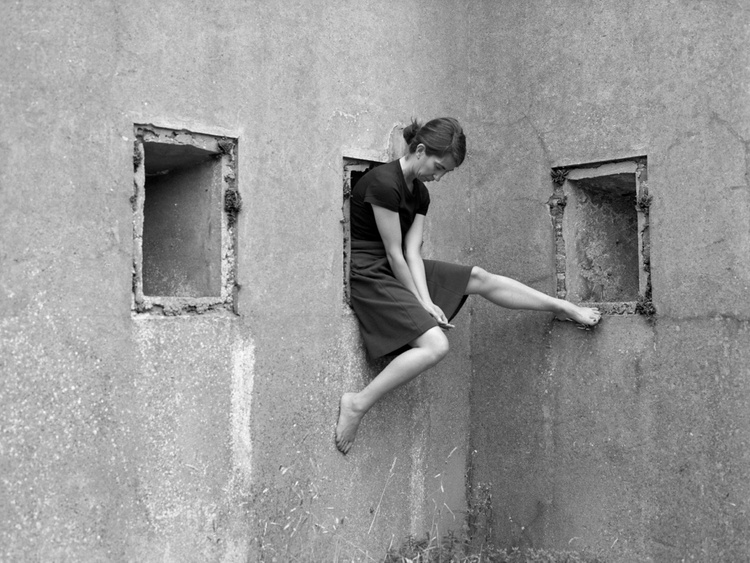


In her series, Never standing on two feet, Rae considers Cahun’s engagement with the physical and cultural landscapes of Jersey, an aspect of her work that has received little analysis to date. Rae writes:
Like Cahun’s, my photographs depict my body in relation to place; in these instances sites of coastal geography and Jersey’s Neolithic ritual monuments. I enact a visual dialogue between the body and these environments, and test how their photographic histories impact upon contemporary engagements. Cahun used self-portraiture to subvert the dominance of the male gaze in photographic depictions of the female body in the landscape. My practice is invested in the feminist act of self-representation and I draw parallels between my performances of an expanding vocabulary of gesture and Cahun’s overtly performative images of the body expressing a multiplicity of identity. In this series, I tease out the interpretations inherent in landscape photography. I utilise gesture and the performing body to contrast and unsettle traditional representations of the female figure in the landscape
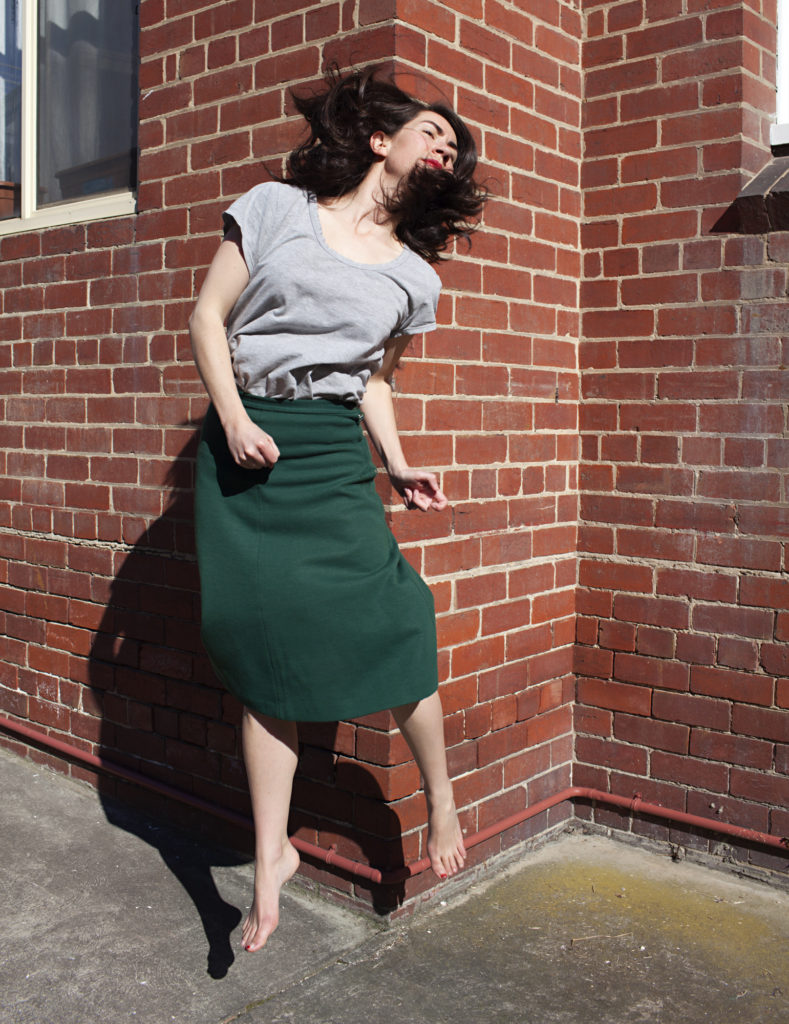
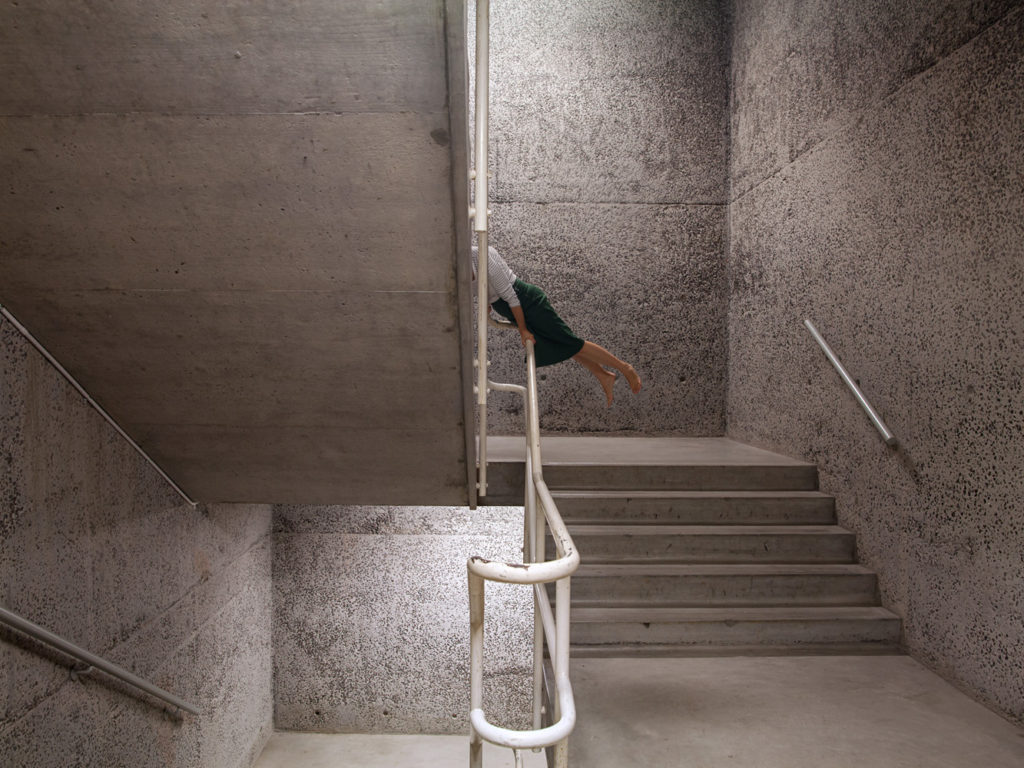
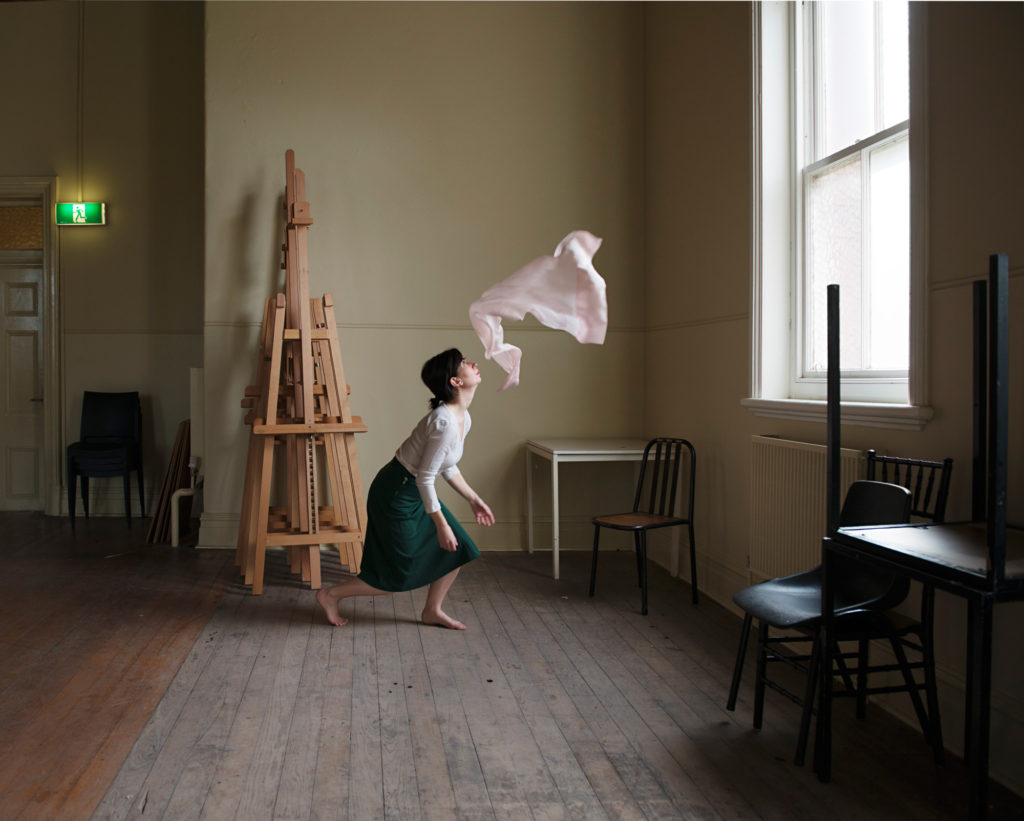
I like her work, she explores identity in a unique way. Rae creates her work to represent the female body, the strength and beauty of it. She says:
My practice at large is informed by feminist theory and considers the implications of representing a woman’s body (my own) in an inherently fetishizing medium. My aim with all my photographs is to subvert the dominant ways we depict women’s subjectivity.
Another site of influence to Clare Rae is Francesca Woodman. At the age of thirteen Francesca Woodman took her first self-portrait. From then, up until her untimely death in 1981, aged just 22, she produced an extraordinary body of work. Comprising some 800 photographs, Woodman’s oeuvre is acclaimed for its singularity of style and range of innovative techniques. From the beginning, her body was both the subject and object in her work.
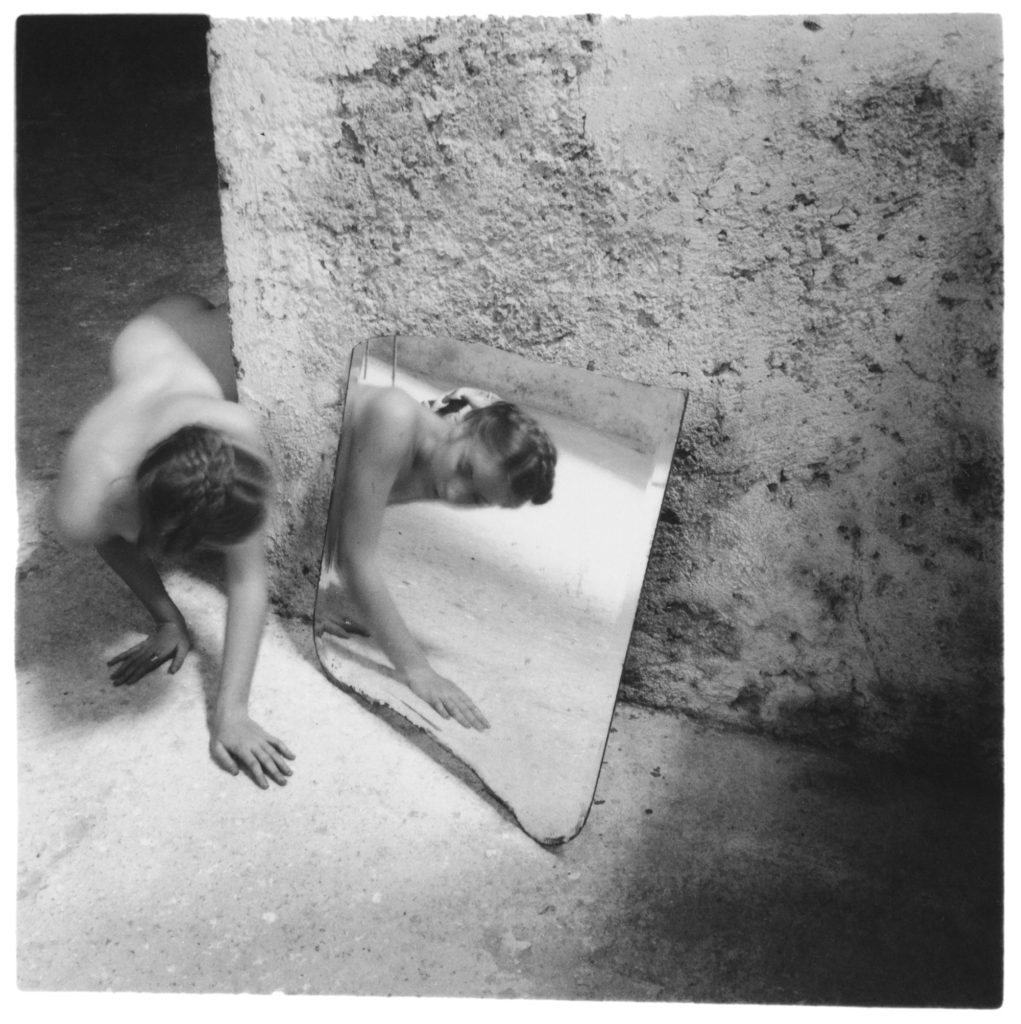


Francesca Woodman is best known for photographing herself. But her pictures are not self-portraits in the traditional sense. She is often nude or semi-nude and usually seen half hidden or obscured – sometimes by furniture, sometimes by slow exposures that blur her figure into a ghostly presence. These beautiful and yet unsettling images seem fleeting but also suggest a sense of timelessness
Woodman continuously explored and tested what she could do with photography. She challenged the idea that the camera fixes time and space – something that had always been seen as one of the fundamentals of photography. She playfully manipulated light, movement and photographic effects, and used carefully selected props, vintage clothing and decaying interiors to add a mysterious gothic atmosphere to the work.

This is my favourite photo of woodmans. you could say the focal point of the image is the chair with some item of clothing on it, but at the same time the centre of interest is the woman hanging from the door frame. It is majestic and moving, the woman is dressed in draped baggy clothing which could represent a low state of mind and innocence. However, that perspective is changed when you take into account she is hanging and holding herself up from the door frame, implying strength, independence and freedom. This is what Clare Rae meant when she said “My aim with all my photographs is to subvert the dominant ways we depict women’s subjectivity.”
I plan on trying to do a photoshoot inspired by Clare Rae and Francesca Woodman. I will use places and rooms in my house and different buildings, but also attempt to shoot outside as well, using the environment around me to explore identity.
British photographer Sian Davey launched a career in photography in 2014, drawing on her experiences as a psychotherapist and mother to inform her practice.
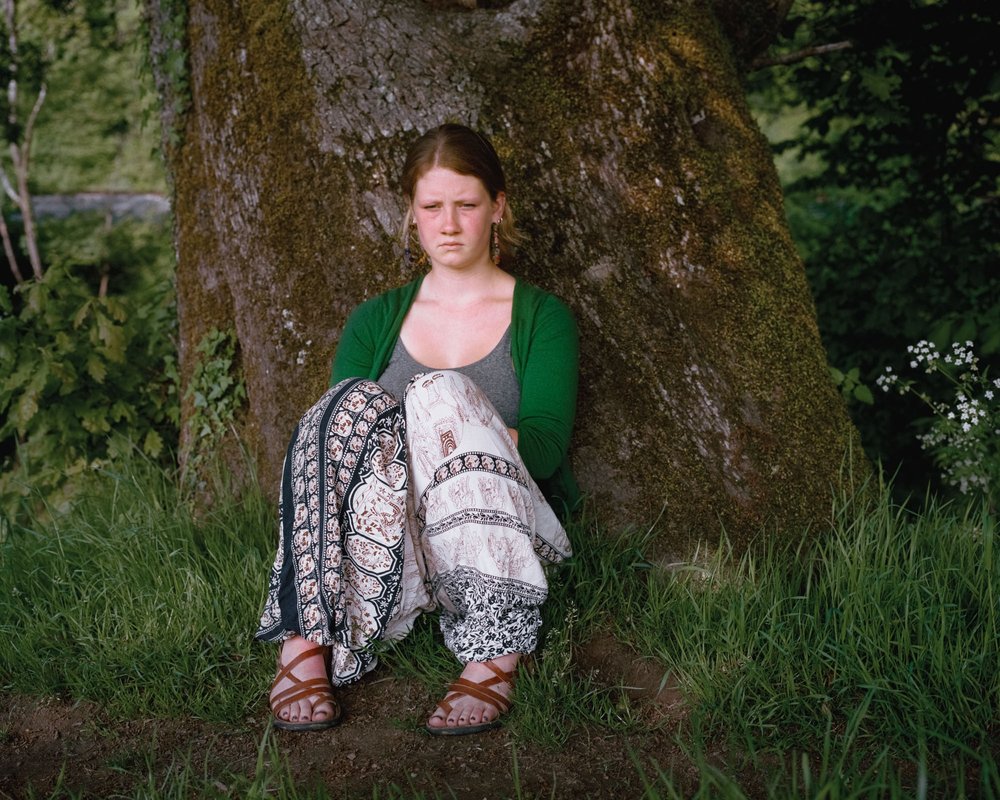
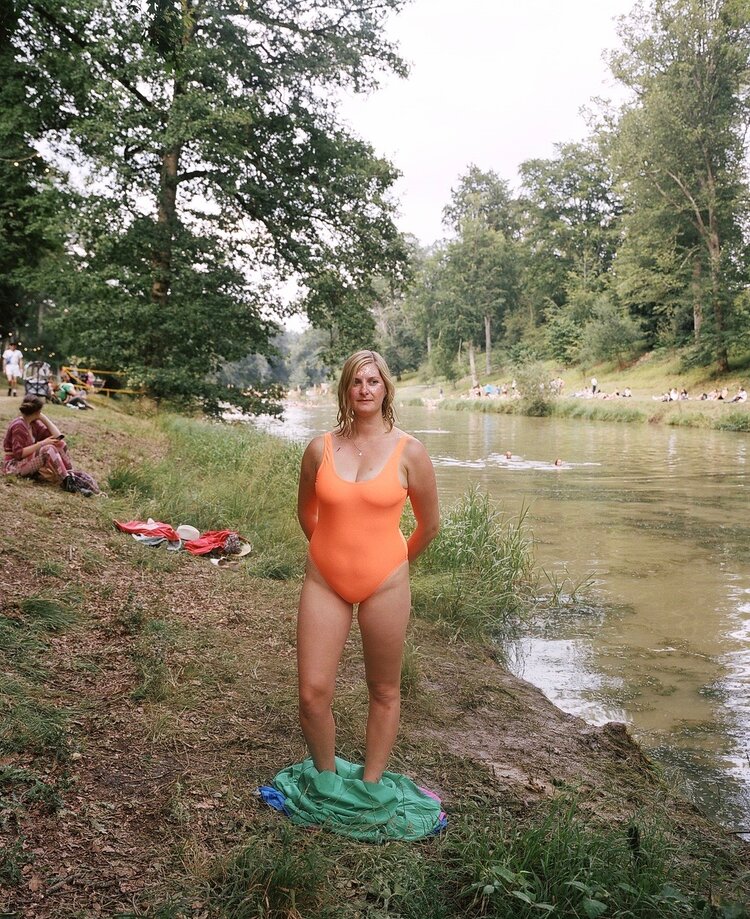
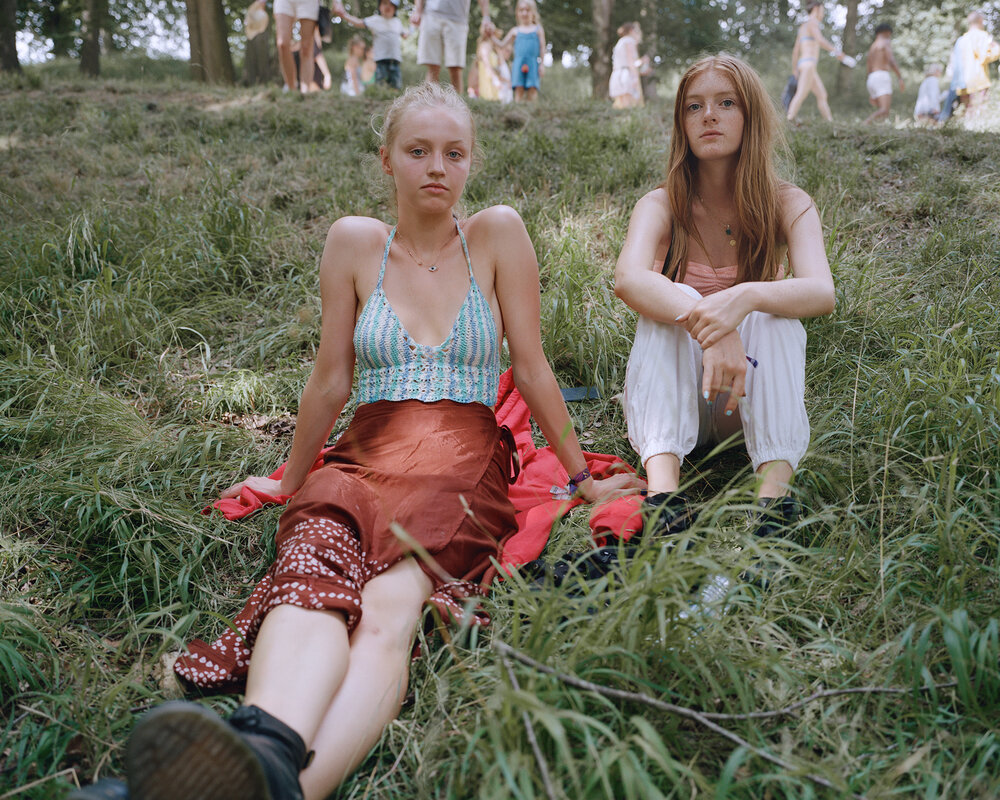
Her work is an investigation of the psychological landscapes of both herself and those around her. Her family and community are central to her work.
For three years, at a time when most mothers are shut out from their daughters’ lives, Siân Davey shared, and photographed, some of her stepdaughter Martha’s most intimate moments…

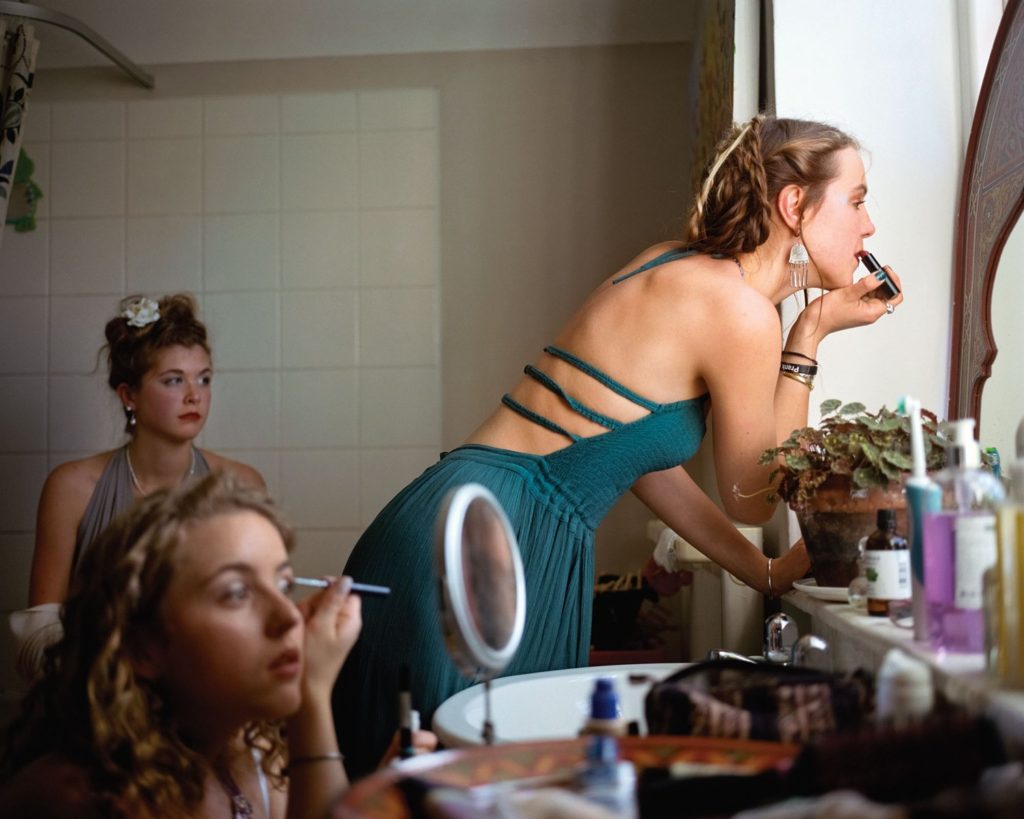
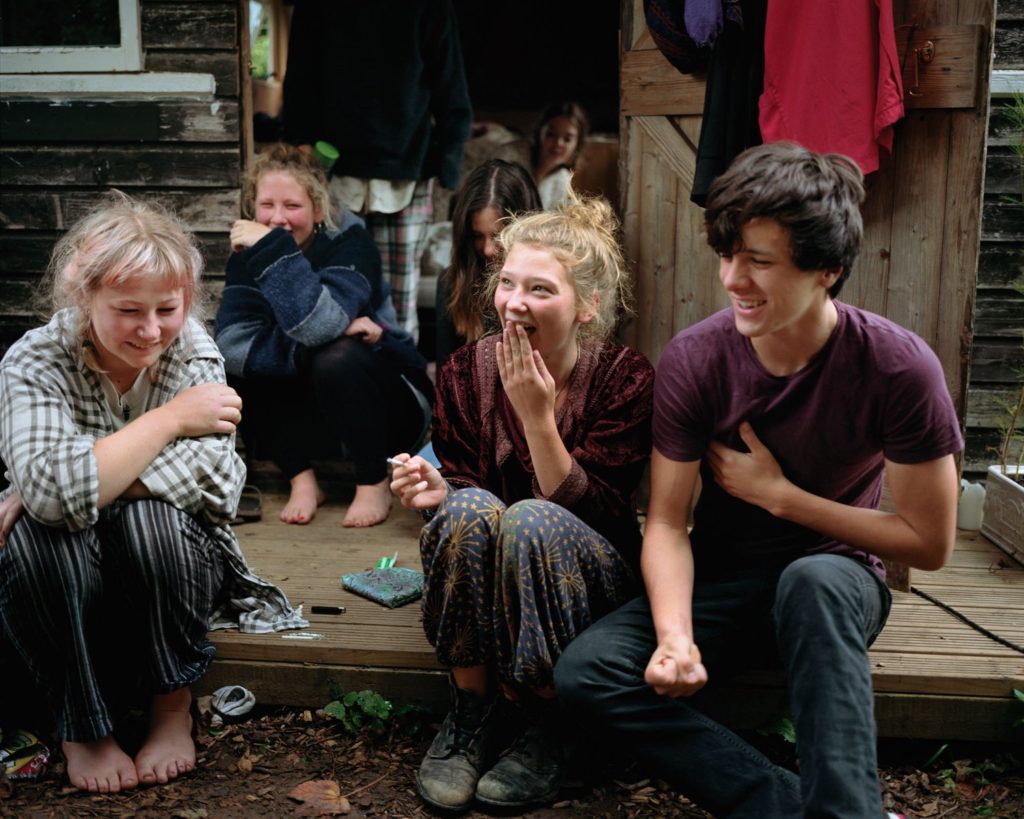

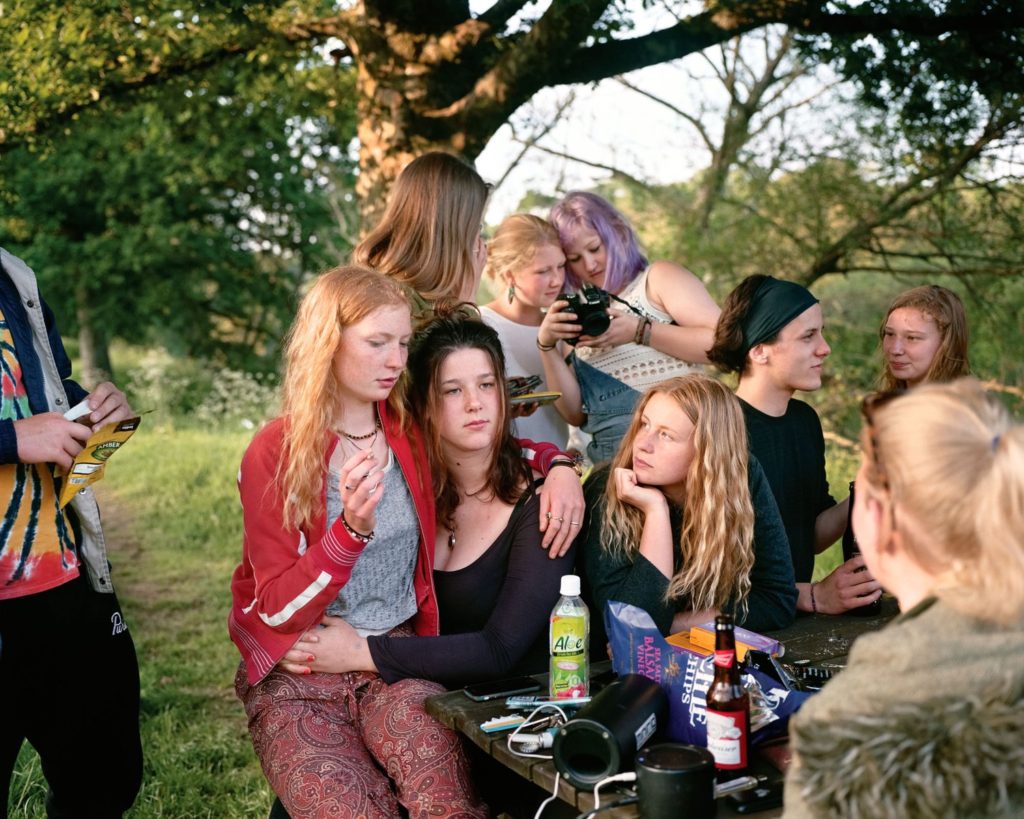
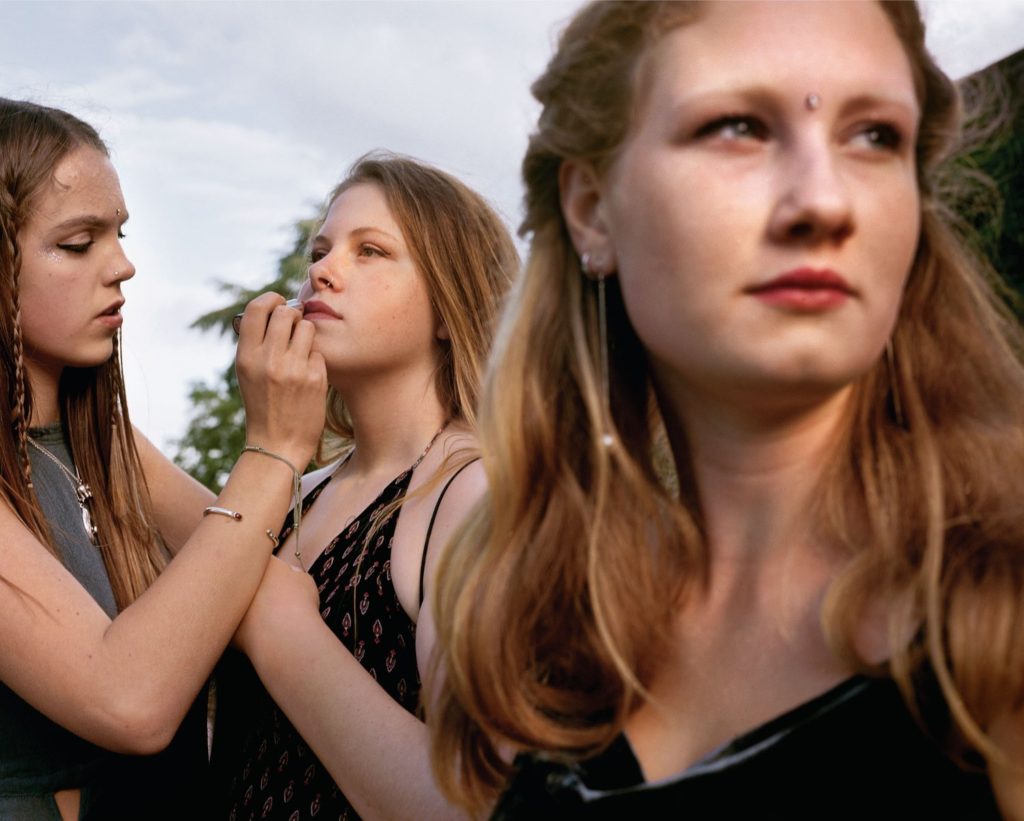
Davey is able to capture her daughter doing what she likes with her friends in different, everyday settings. The pictures tell a story of Marthas life whilst being a teenage girl. I’m inspired by Sian Davey’s work as she portrays the theme of femininity/ identity in a natural and real way as her work is not staged.
I aim to base some of my work off of this project. However, Sian shoots in film (I will be using a digital camera) which gives the warm tone effect on the photos, it also makes the photos look sort of old; it works well with the woodland, grassland nature environment of these shoots.
Davey did another photoshoot with a similar theme called ‘The Garden’
“The Garden is a pilgrimage, an intentional act to cultivate a garden that is grounded in love: a reverential offering to humanity. We cleared our long-neglected garden, researched native flowers, soil, biodiversity; sourced organic local seeds, and sowed under the moon cycles, biodynamically. We offered prayers along the way. We invited the pollinators and nature spirits.”



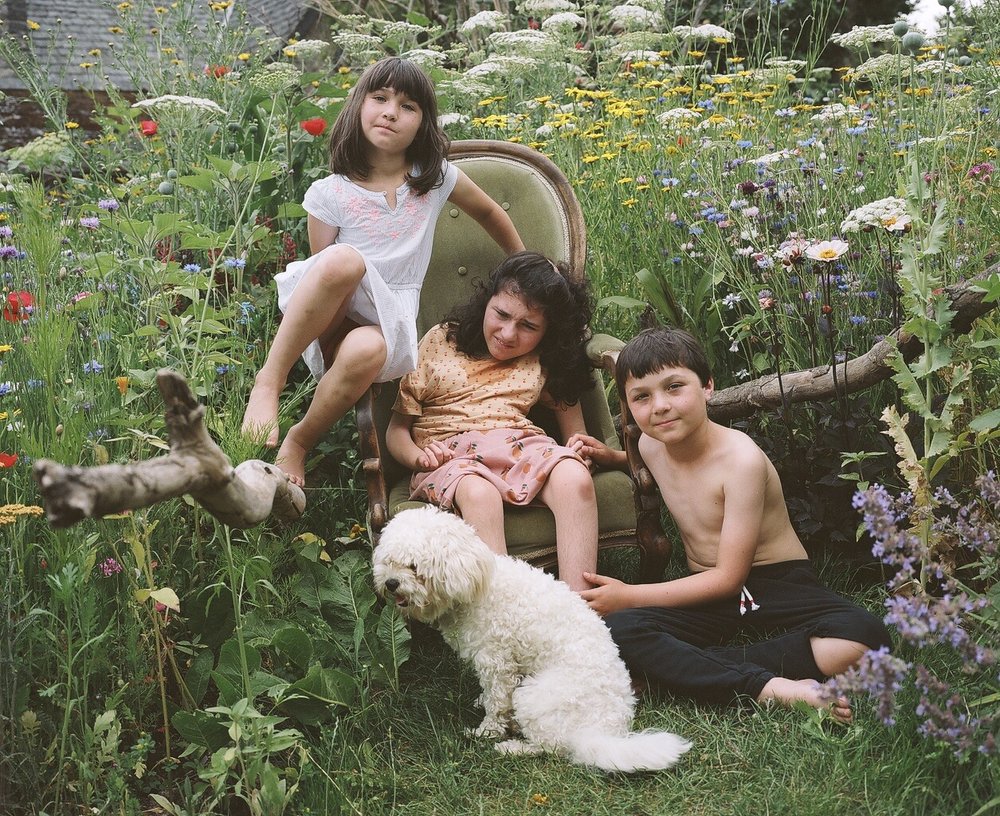
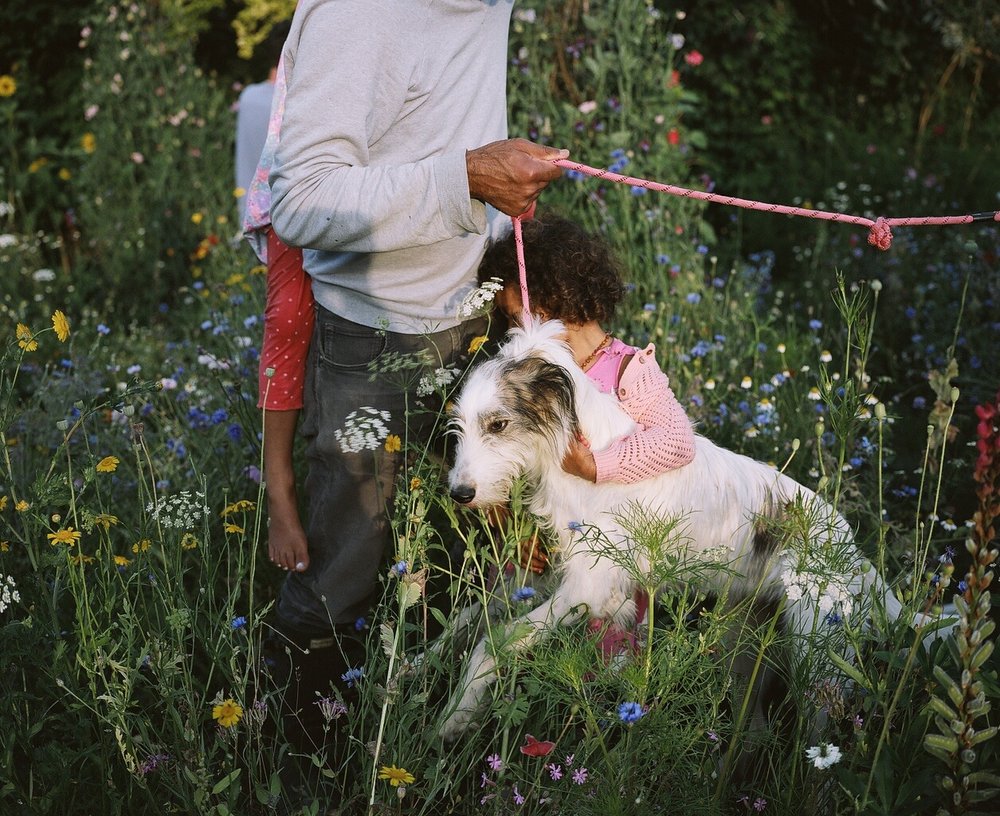
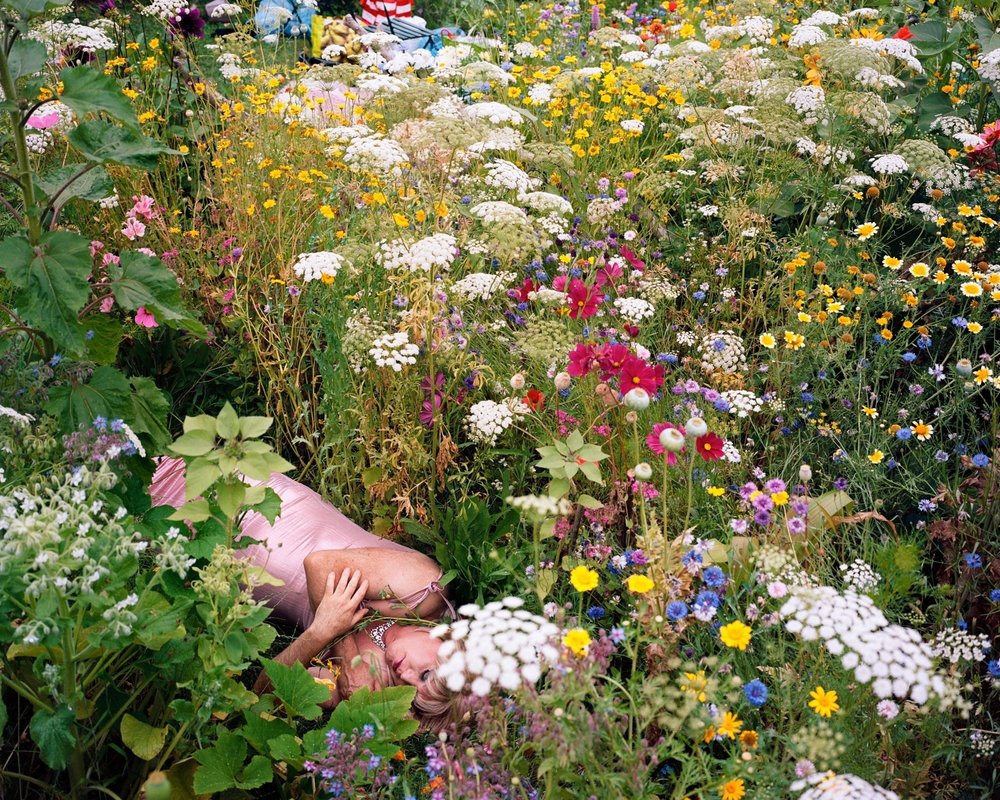
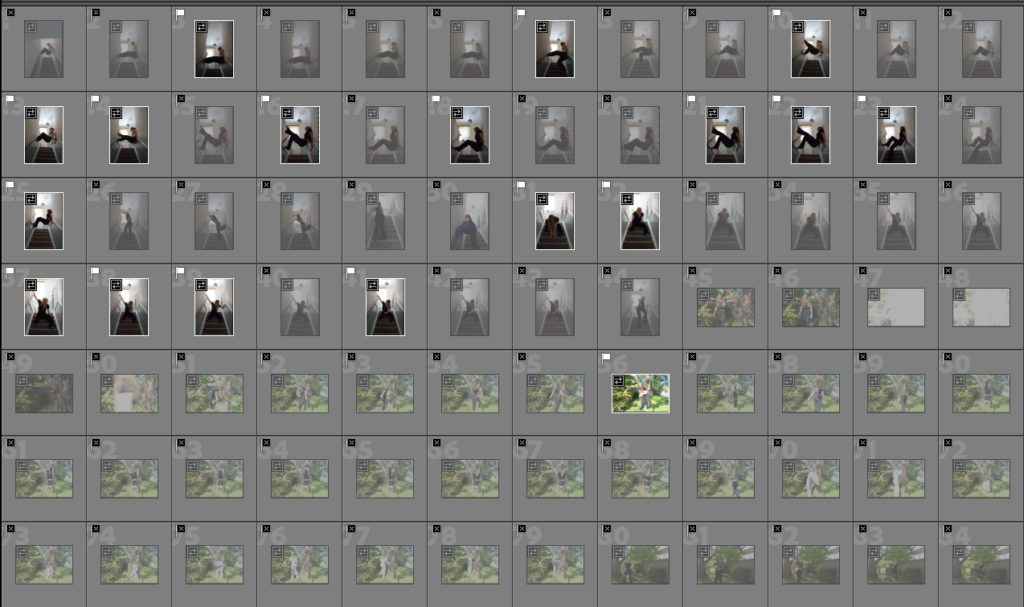
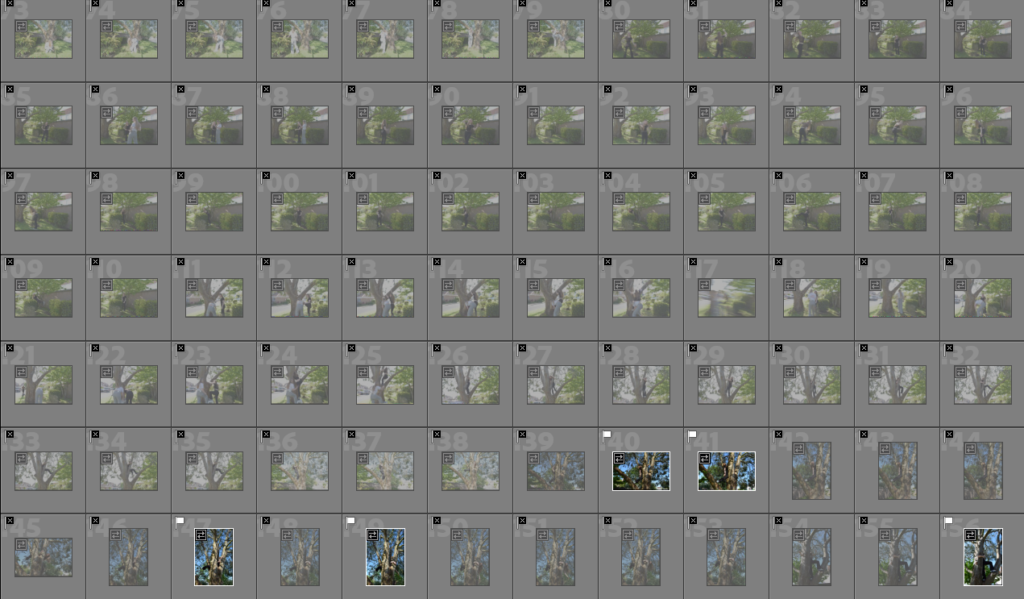
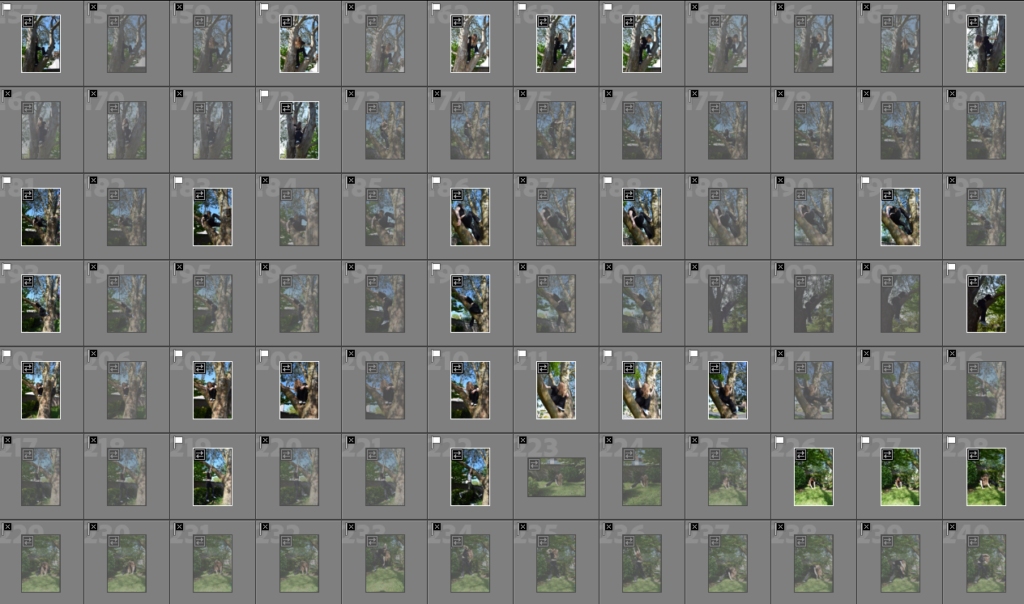

I flagged the images I waned to keep and edit:
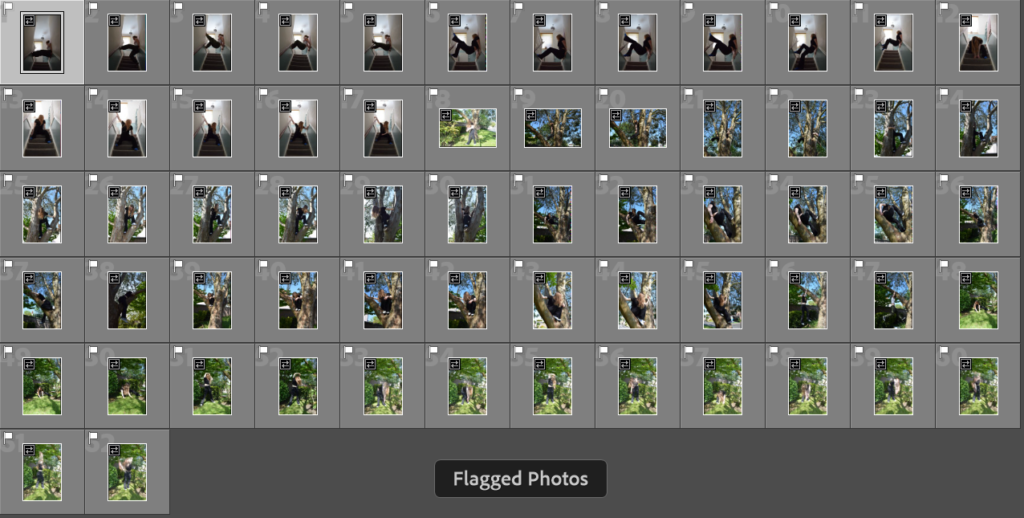
The artists that have inspired my ideas are Clare Rae and Francesca Woodman.
Where? I’m going to shoot in the woods. I’ve chosen this because I wanted to involve nature in my shoot, but the light shines through the trees and creates dramatic lighting.
When? I’ll go before sunset so there is still light, but so I can also experiment with the changing light and colours.
Settings? I will use shutter priority to control the motion and blur of the subject. I will also try some still images with abstract body shapes like Rae’s using aperture priority to control the light. I will need to use a tripod to keep the images sharp and make sure the subject is the only part of the image in movement.
Main photo inspiration:


